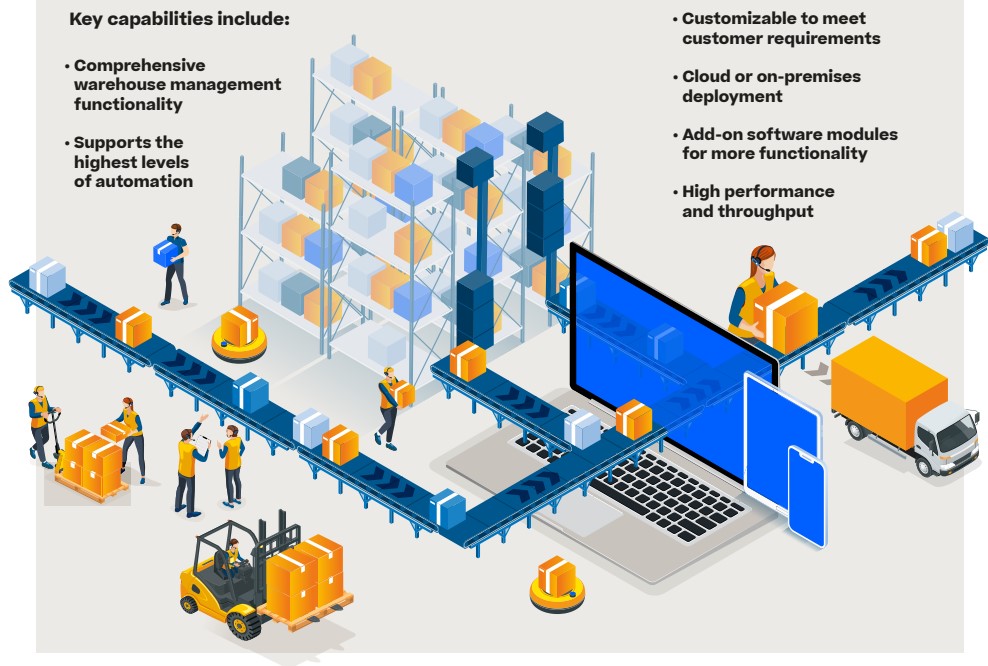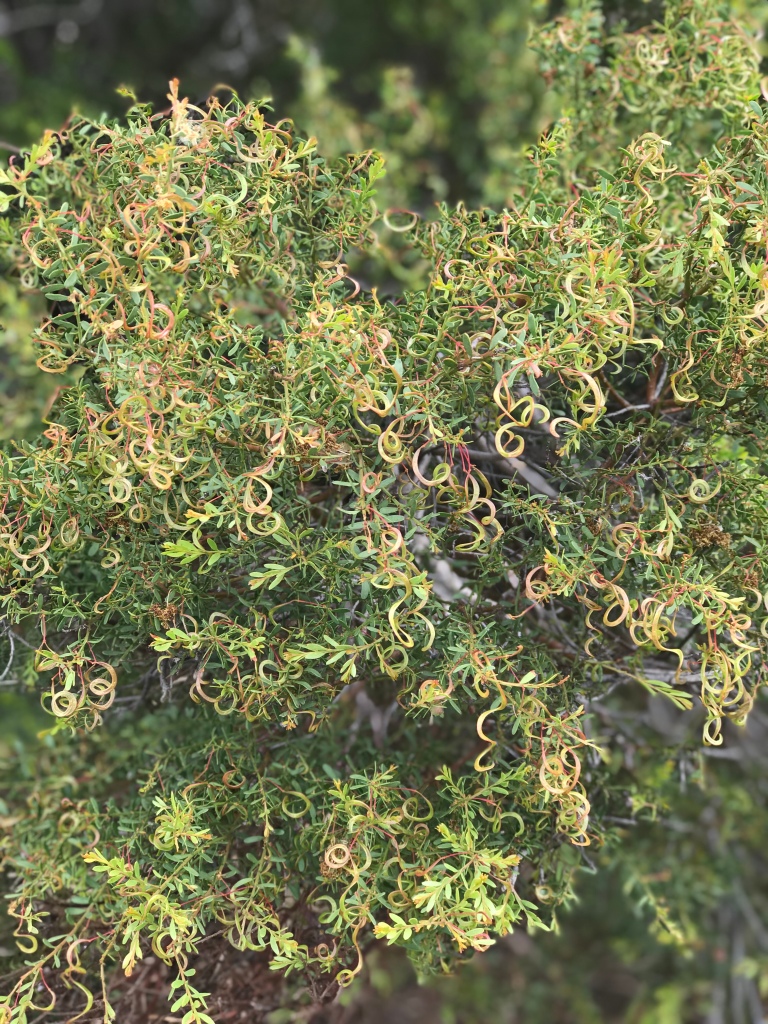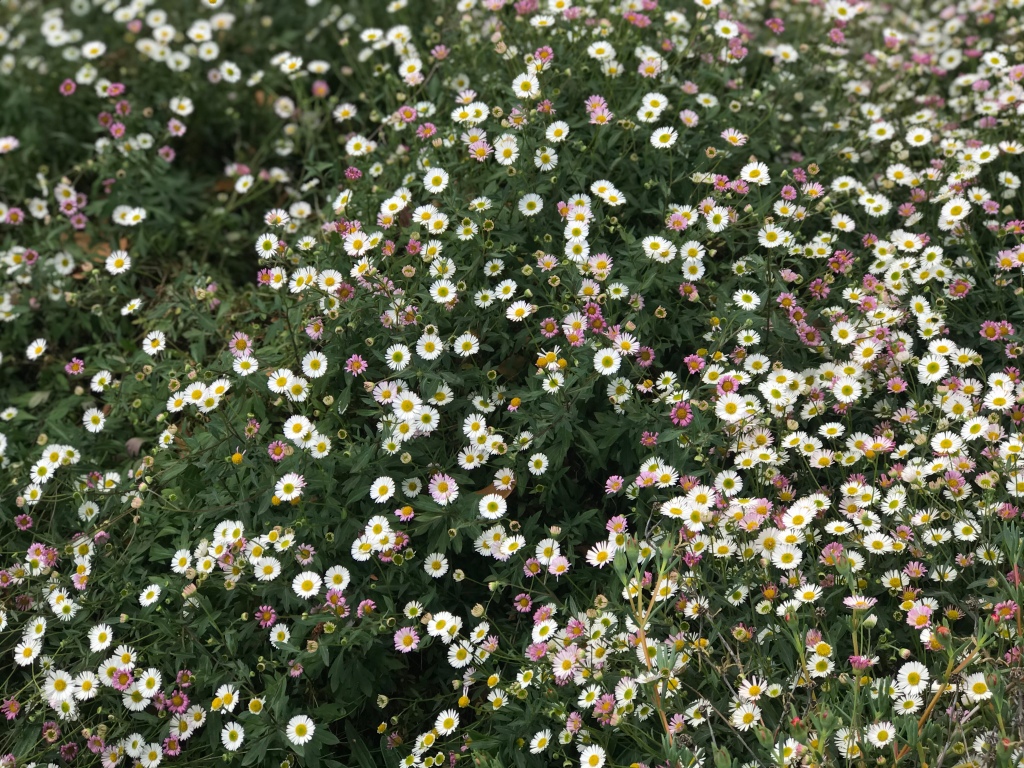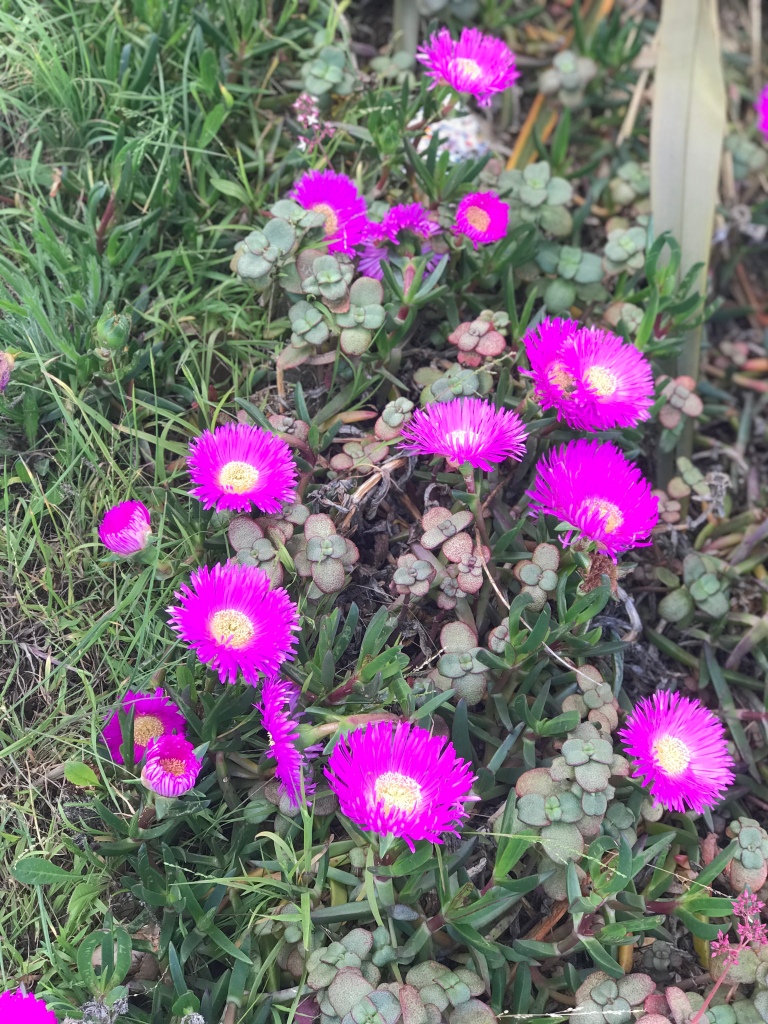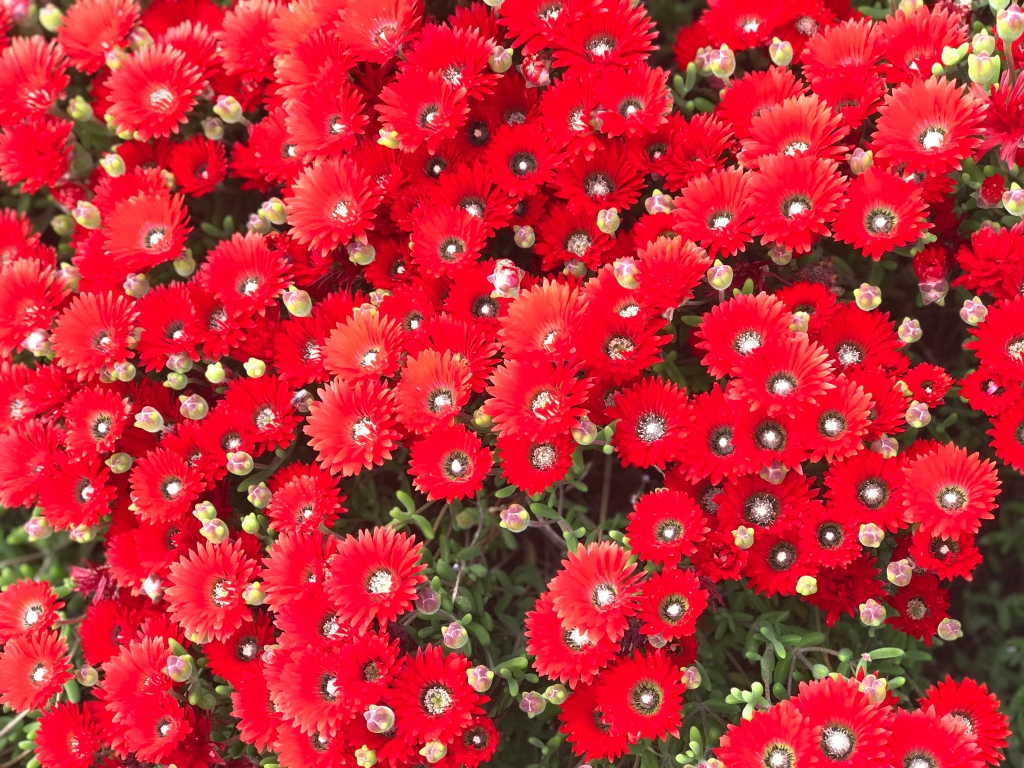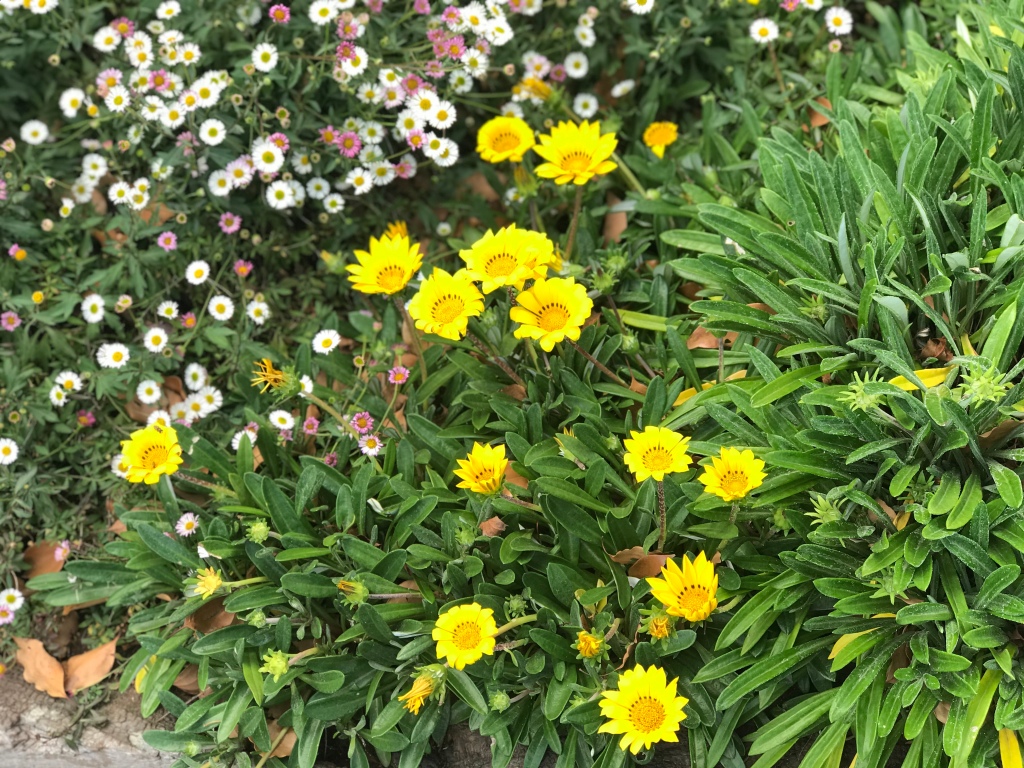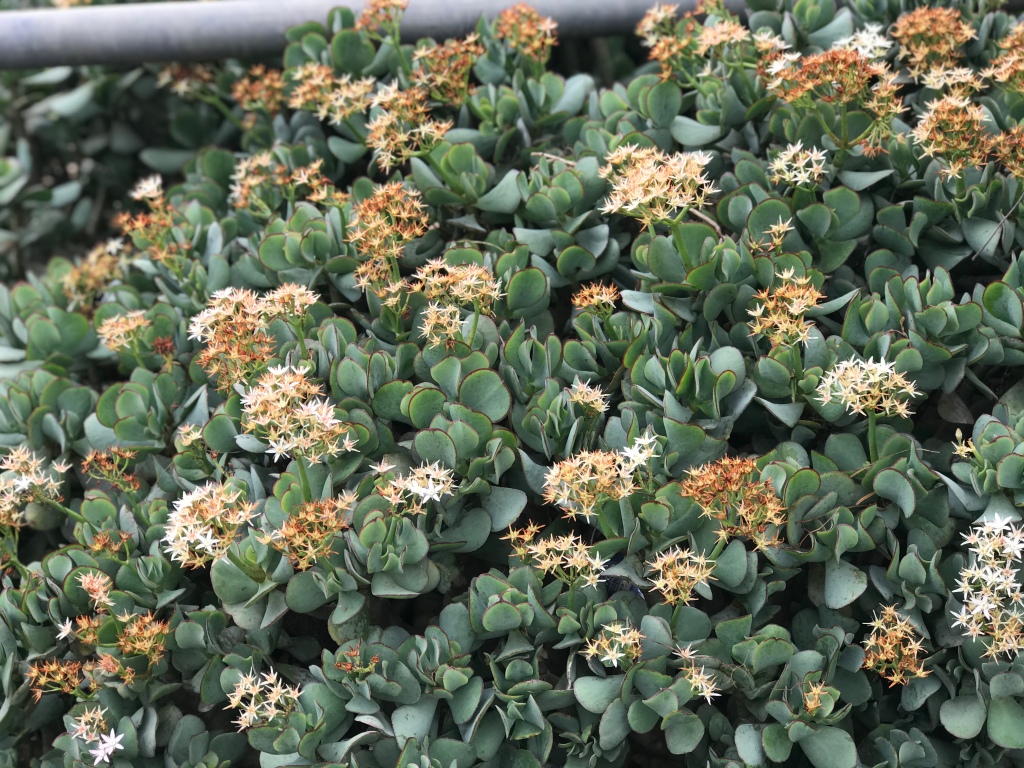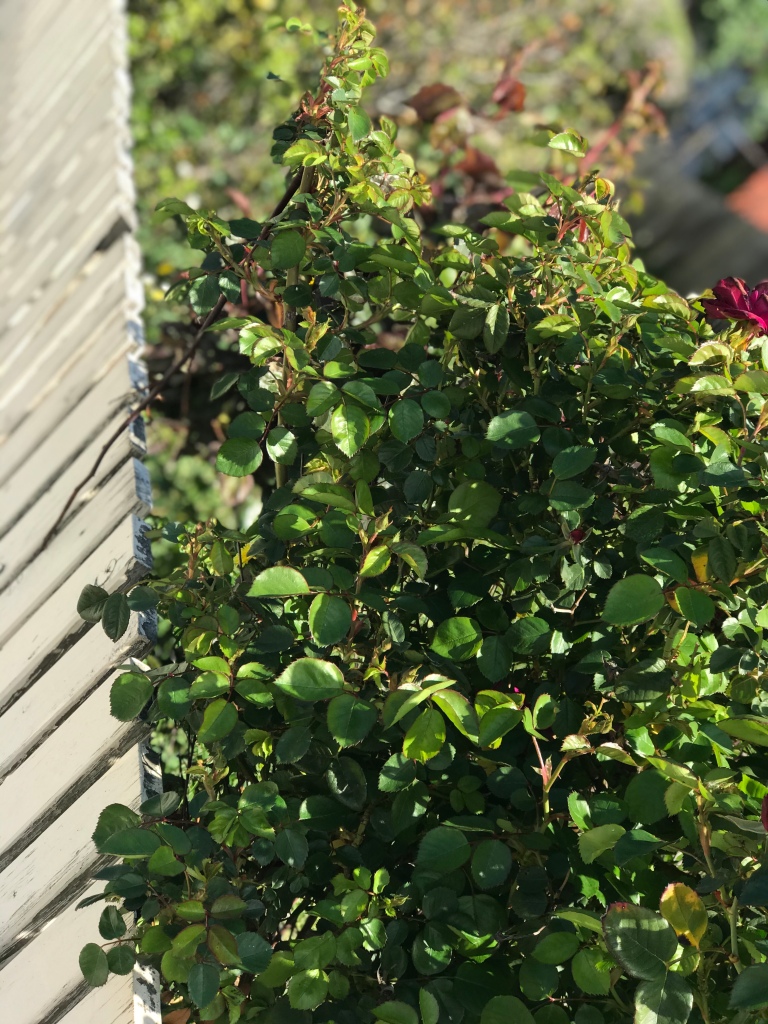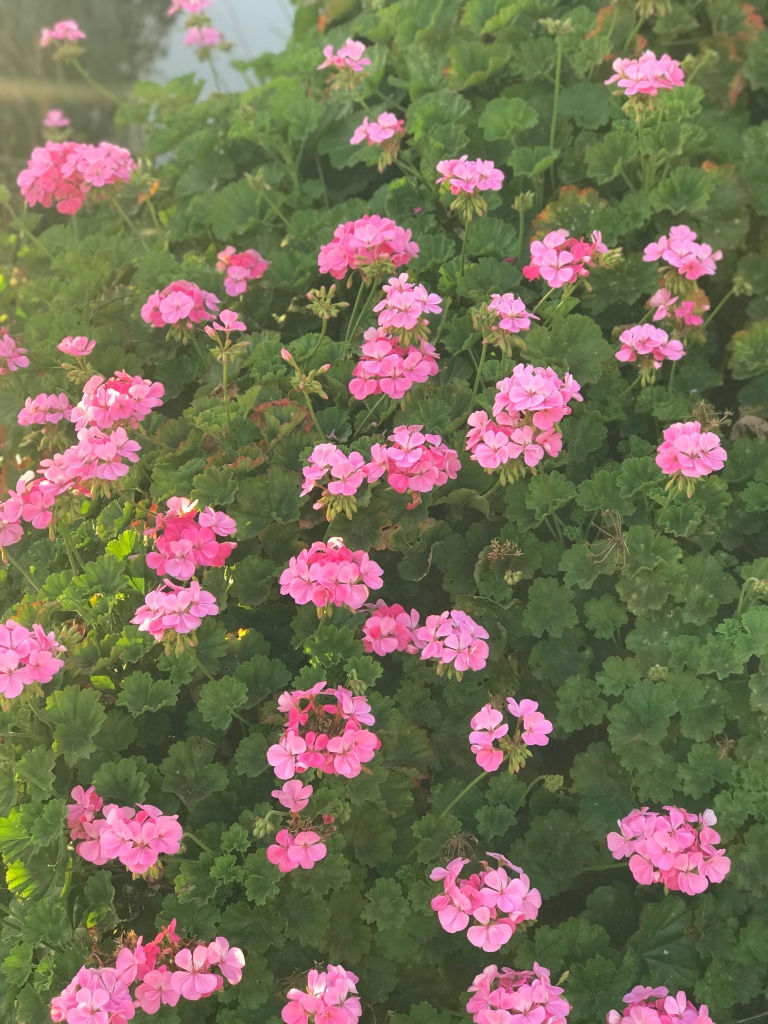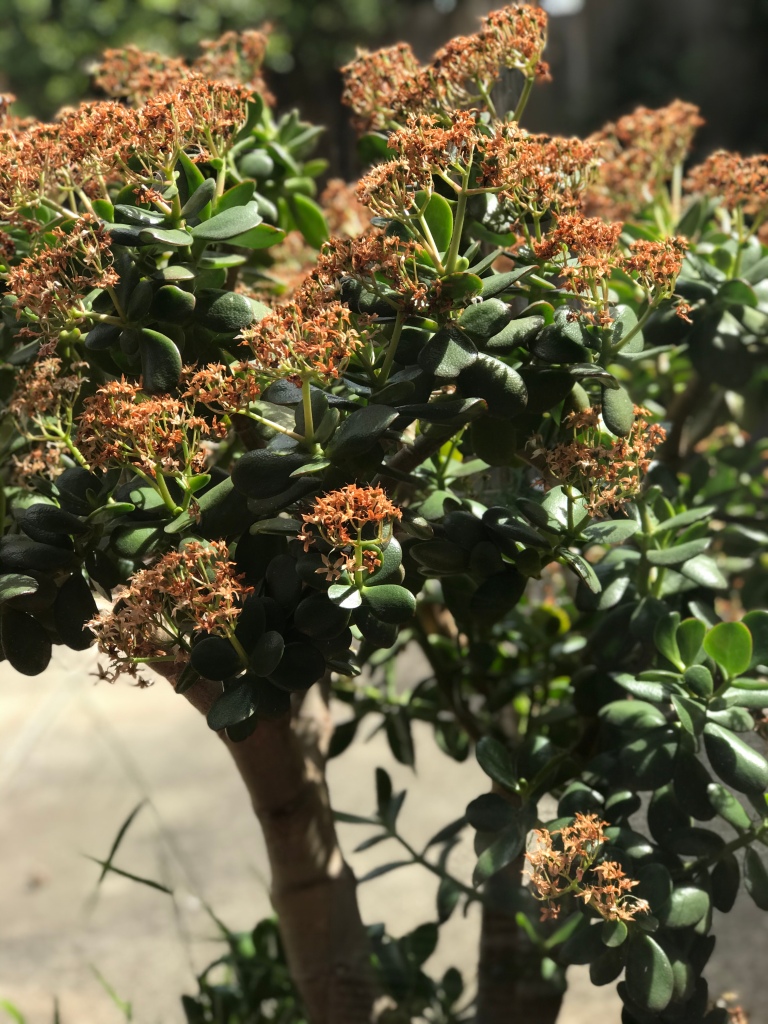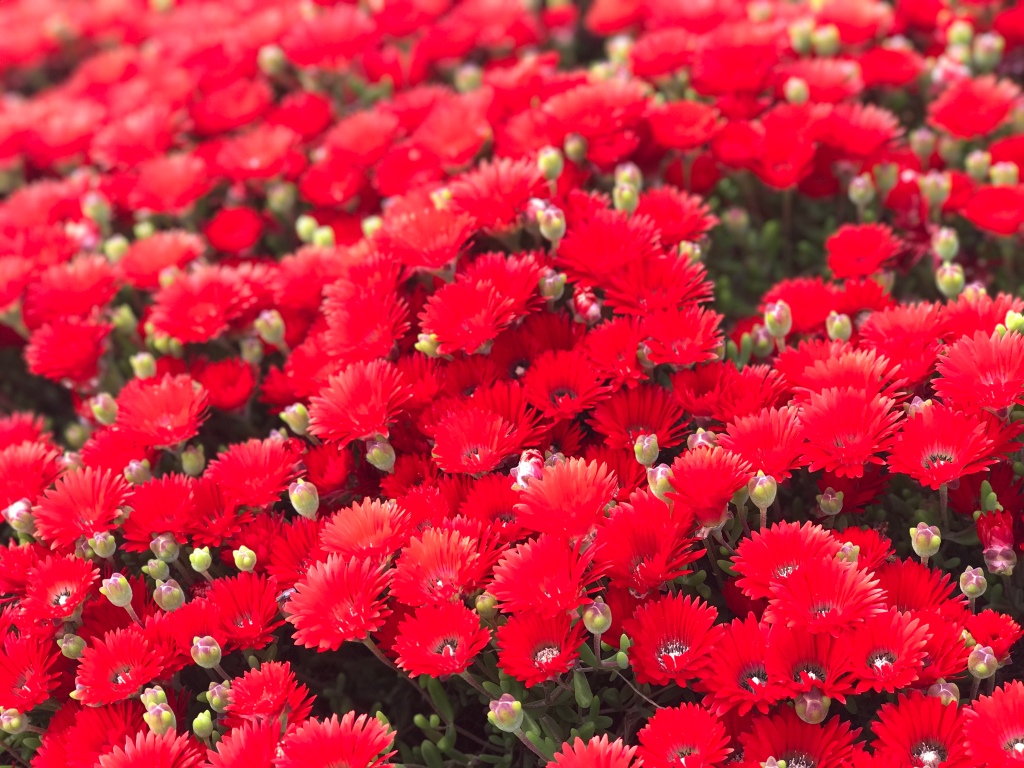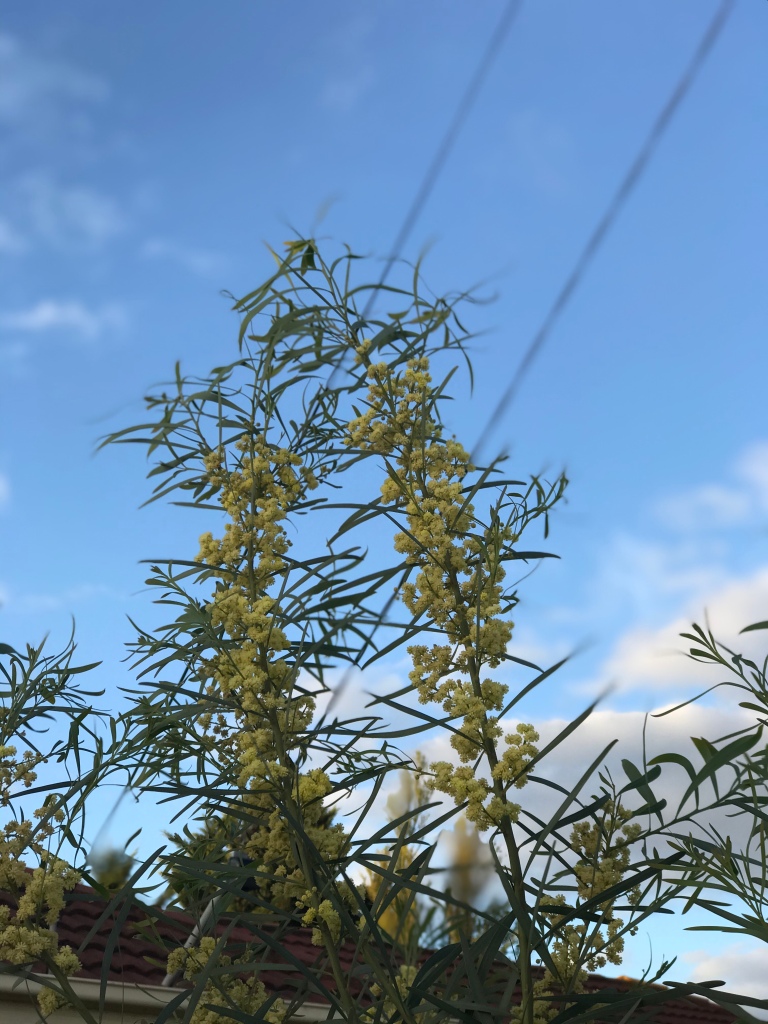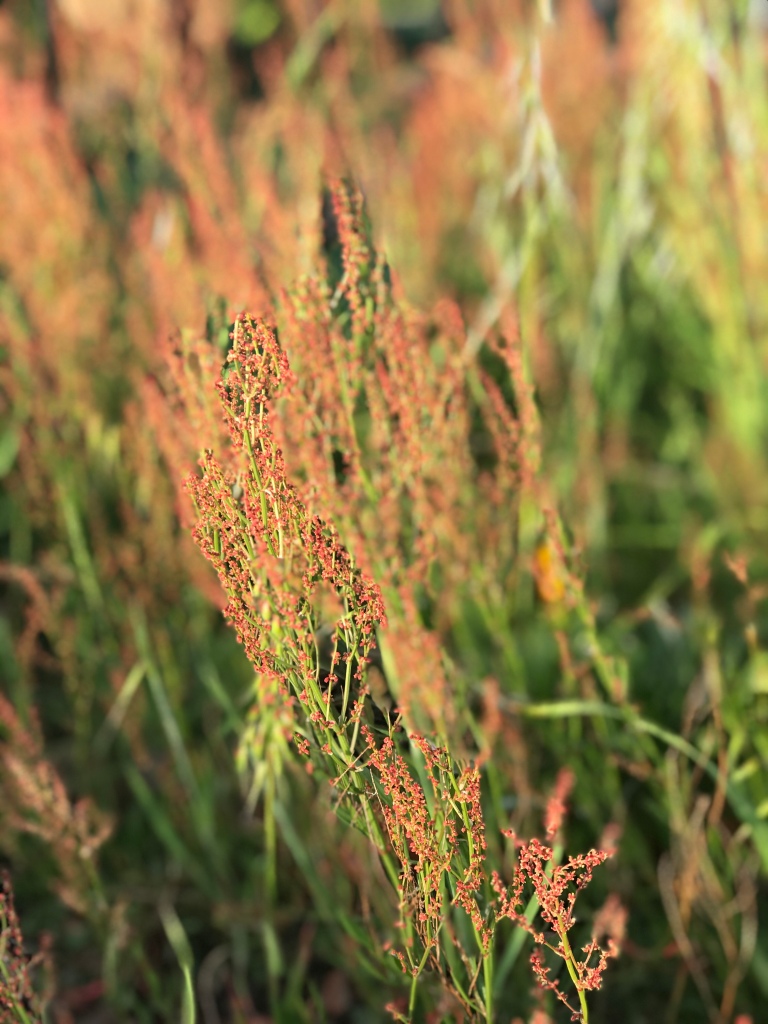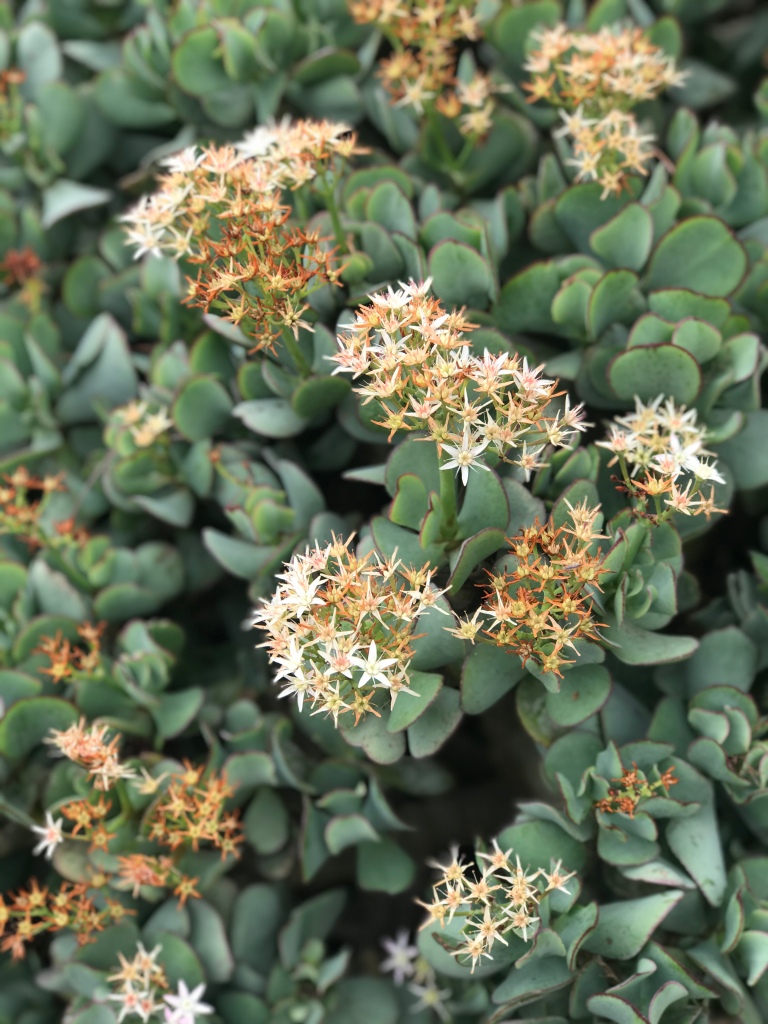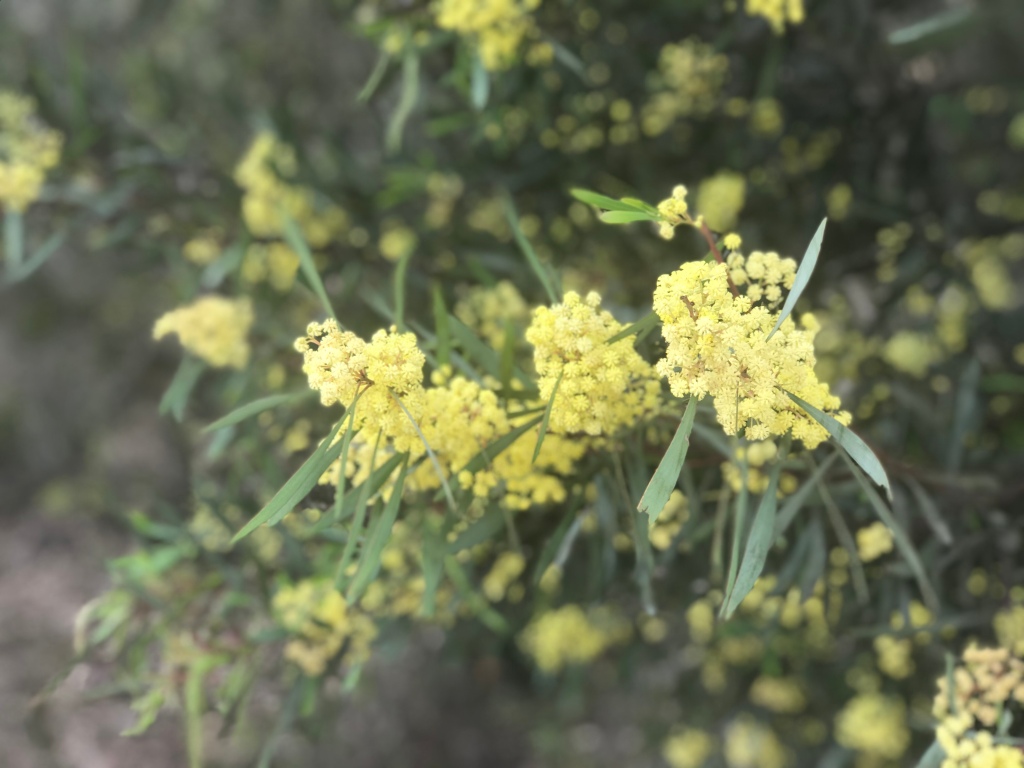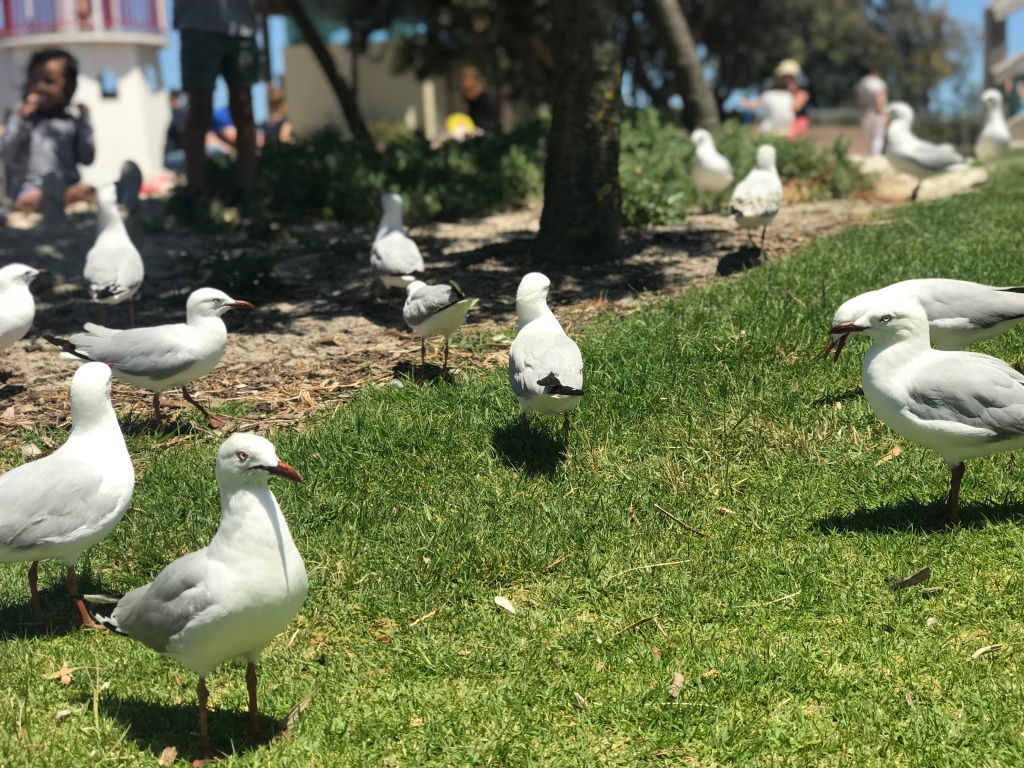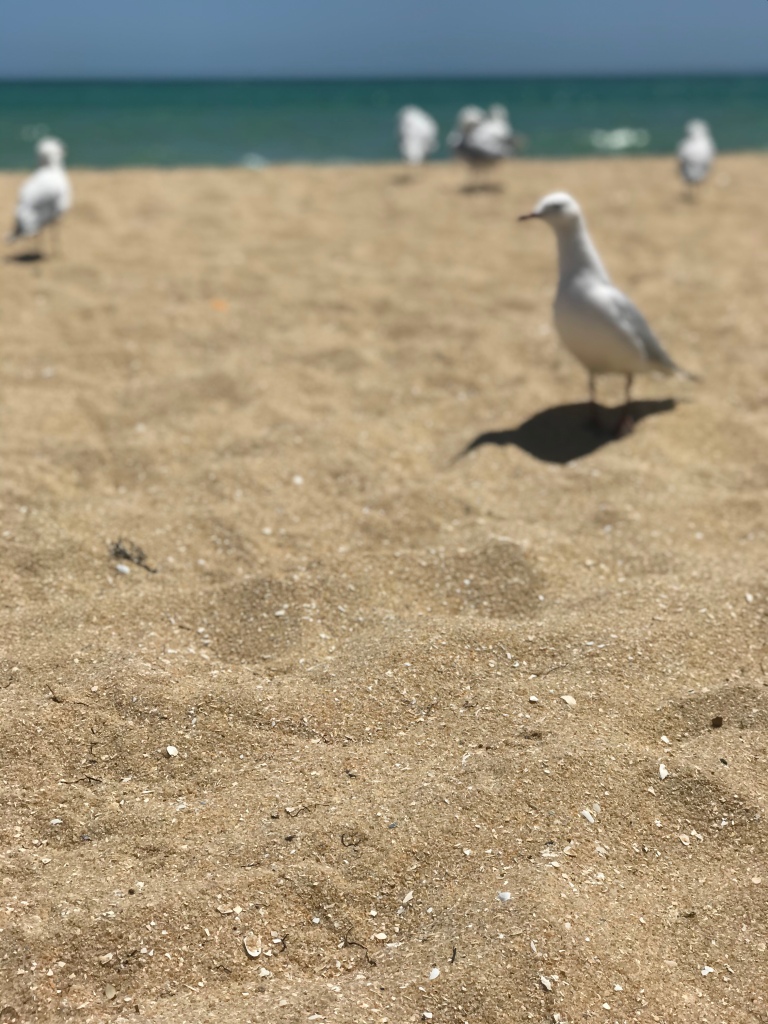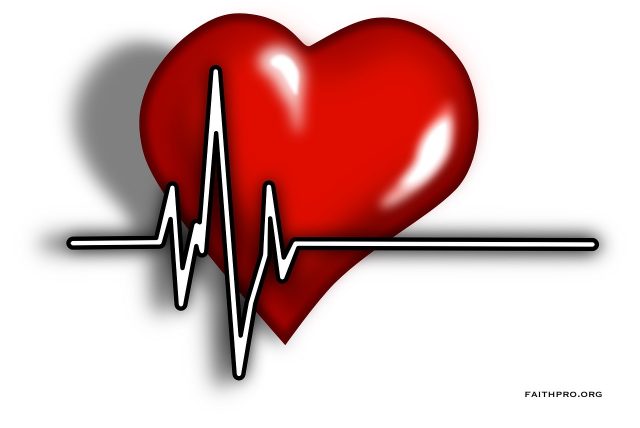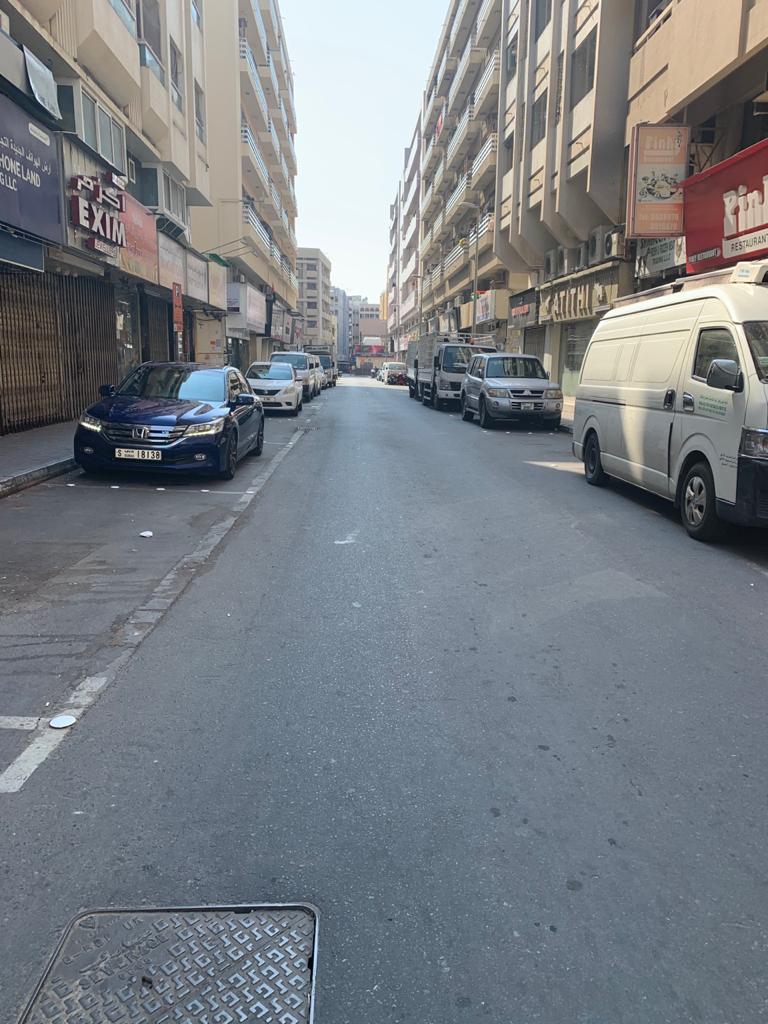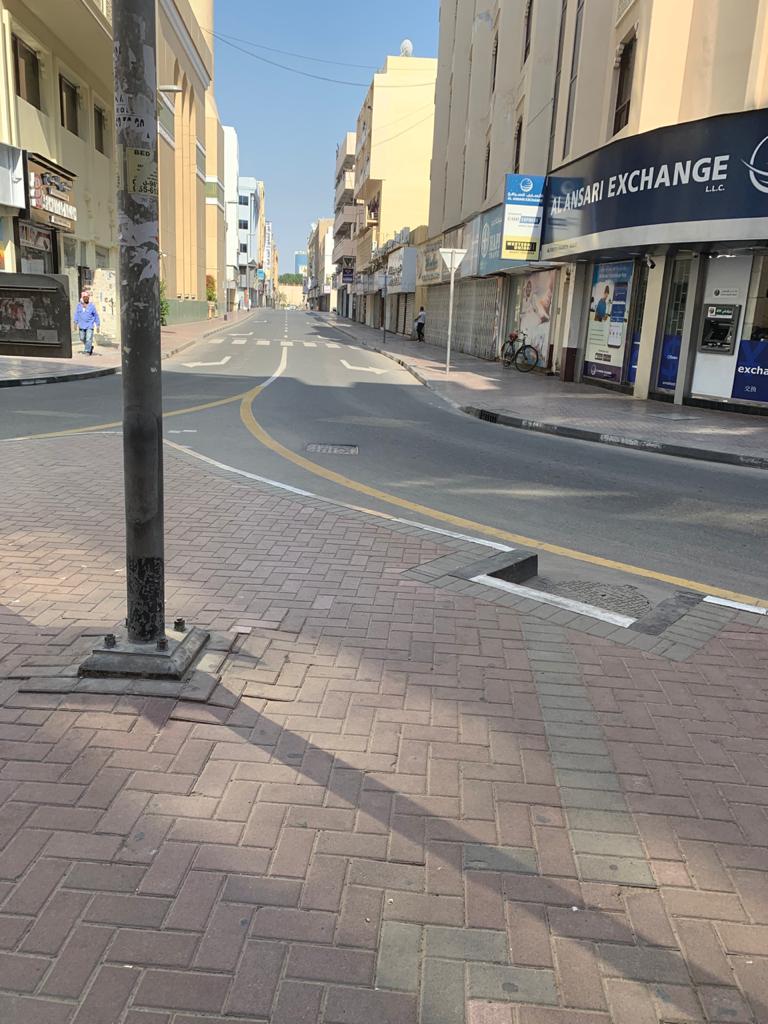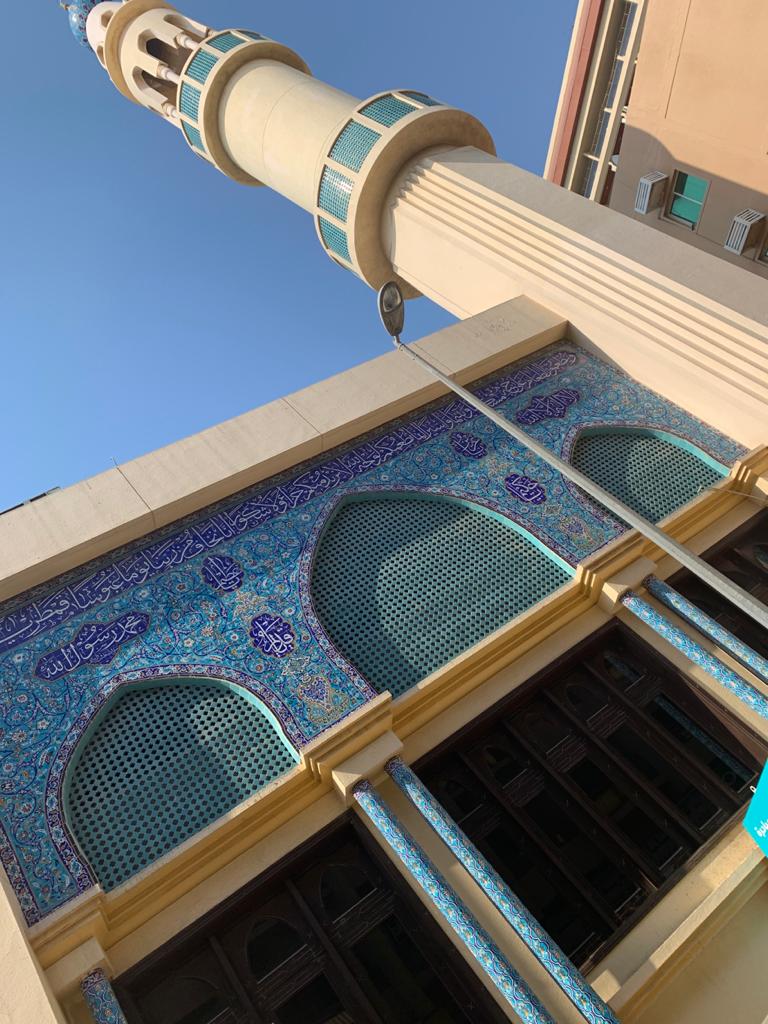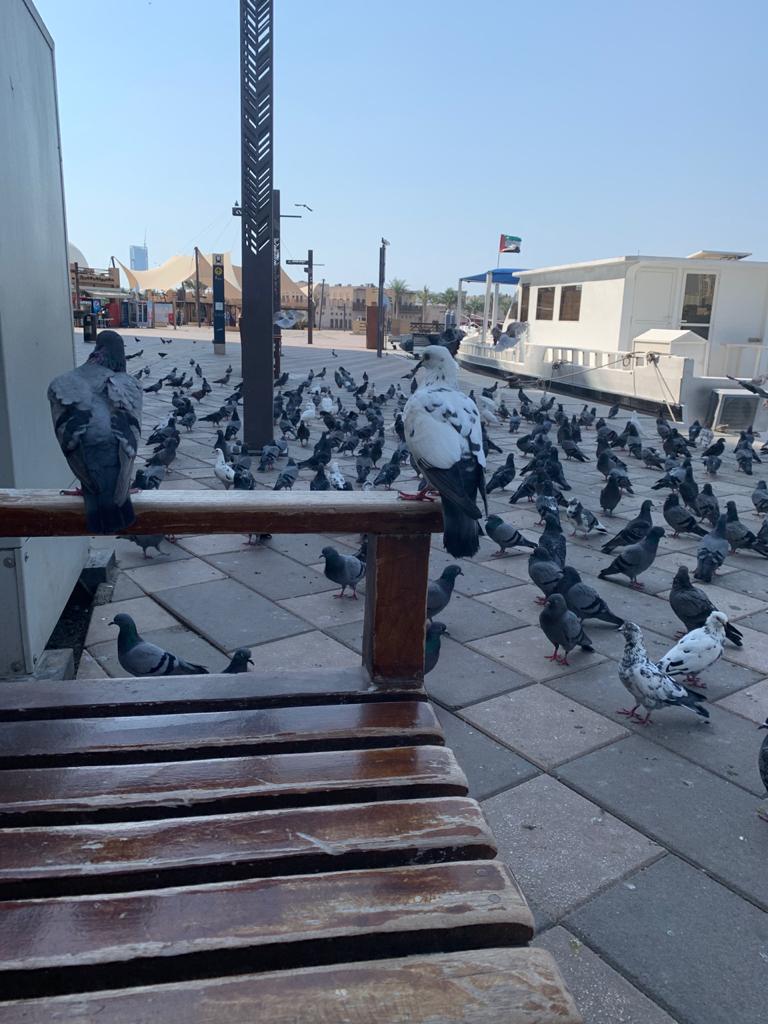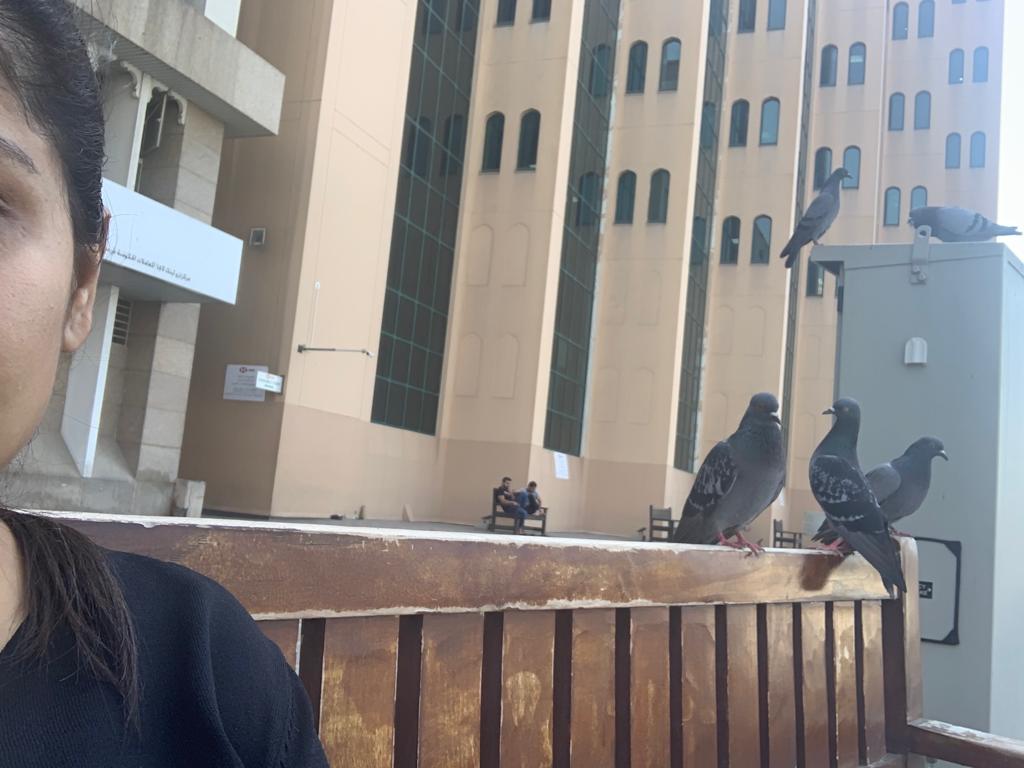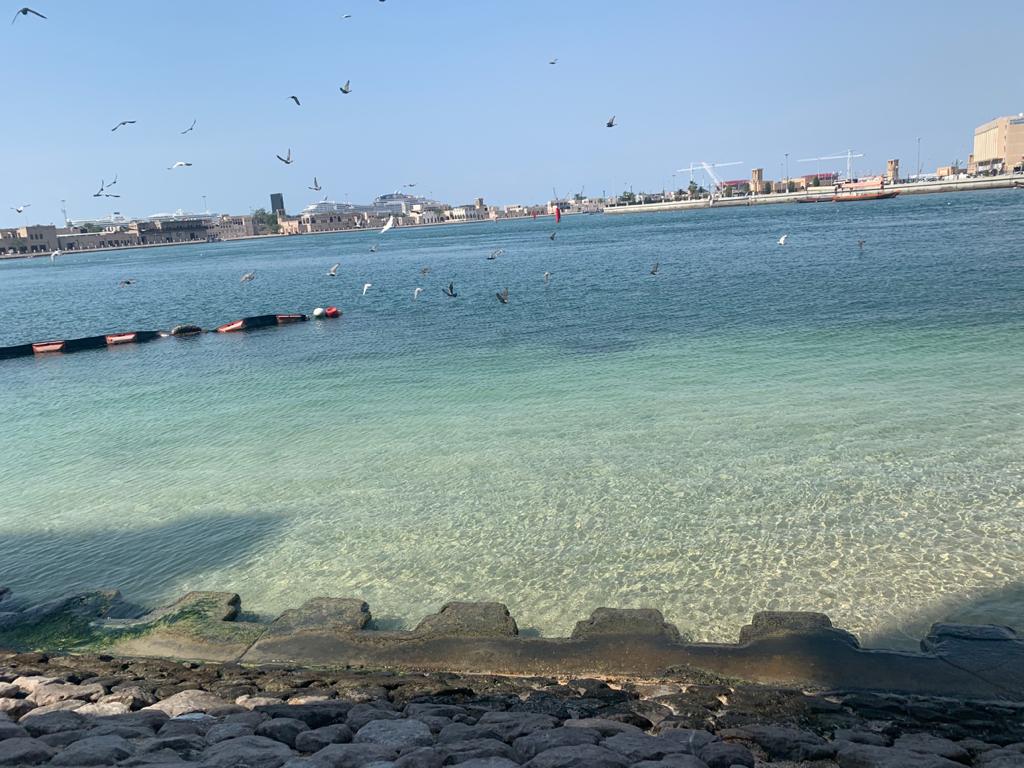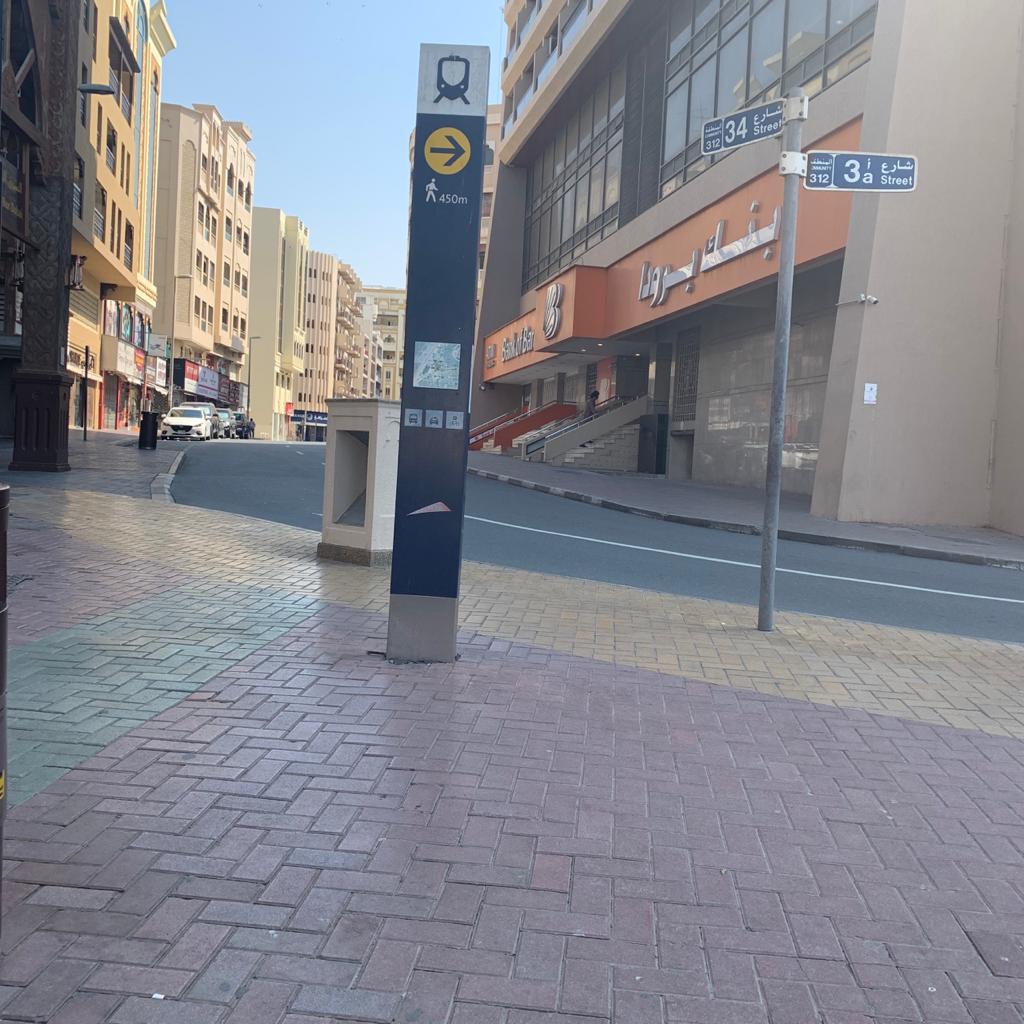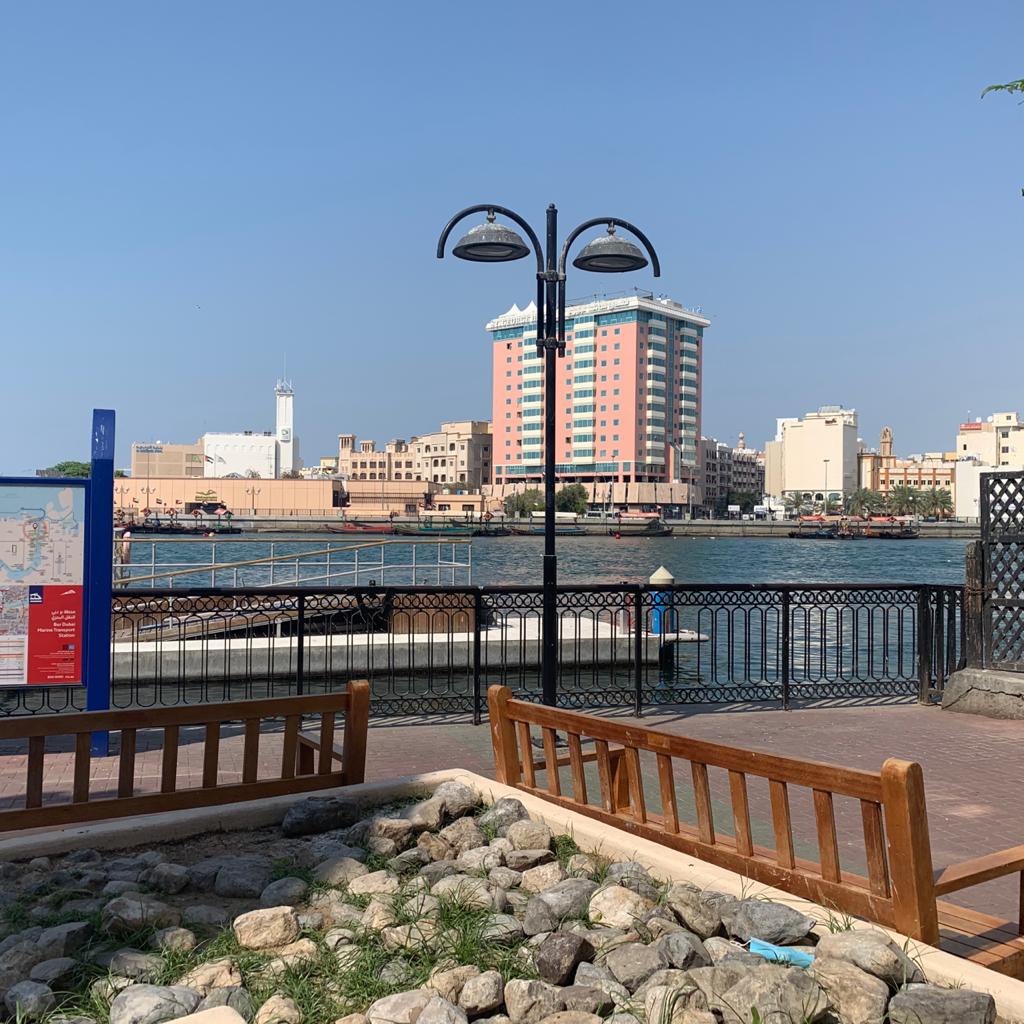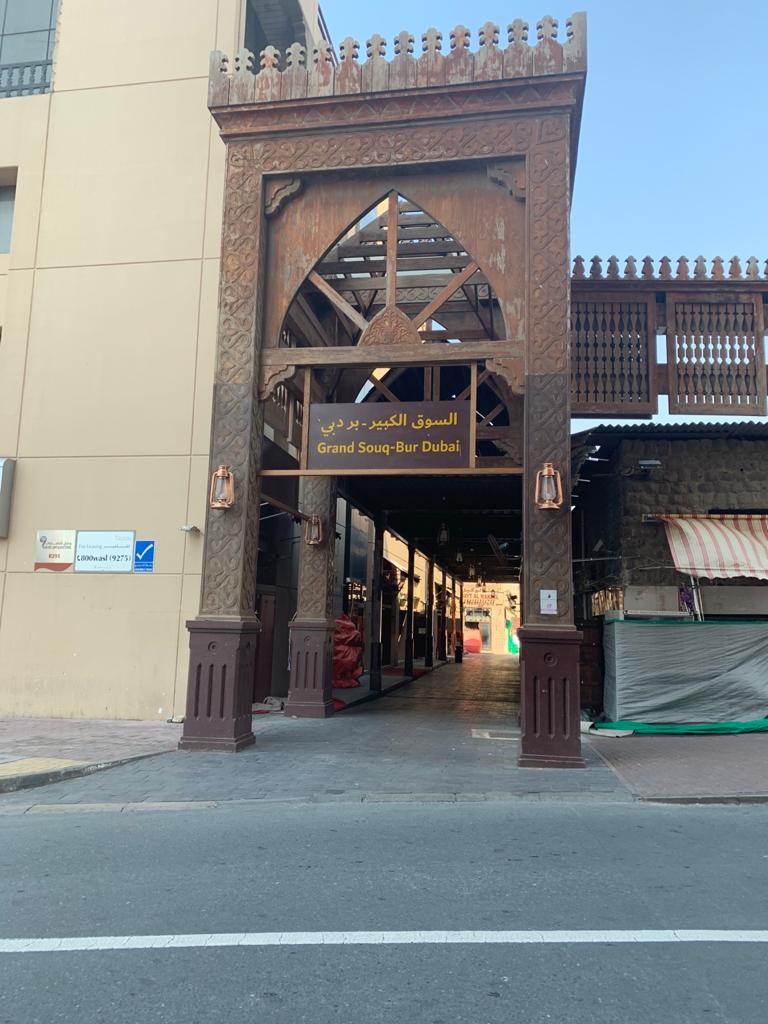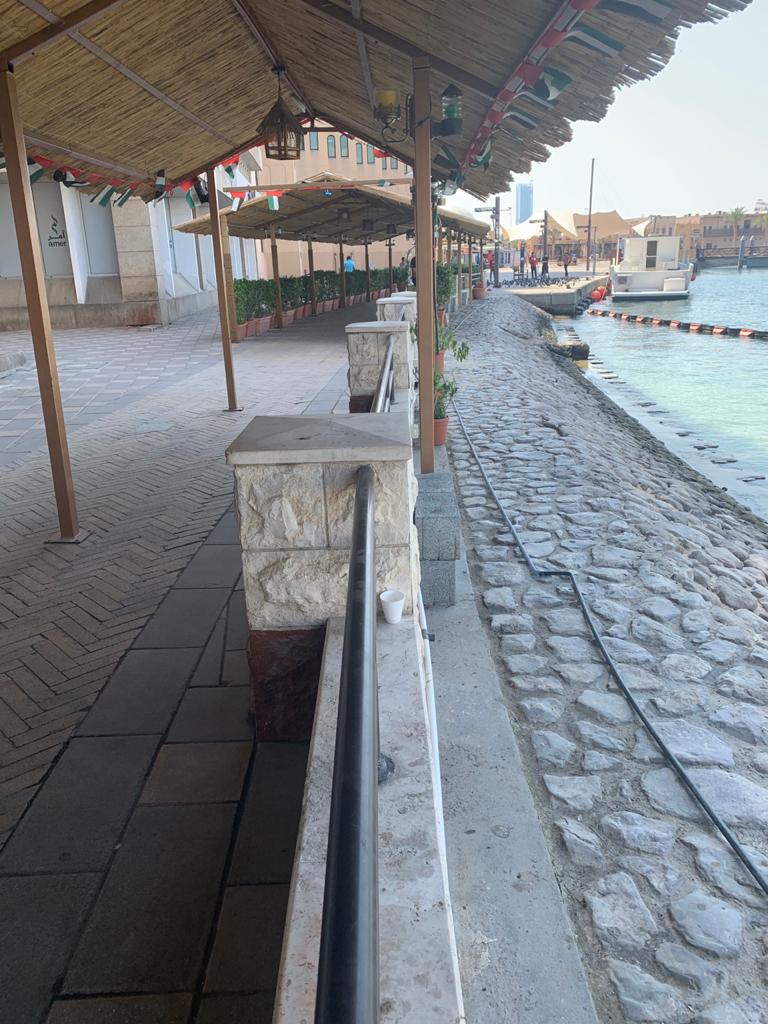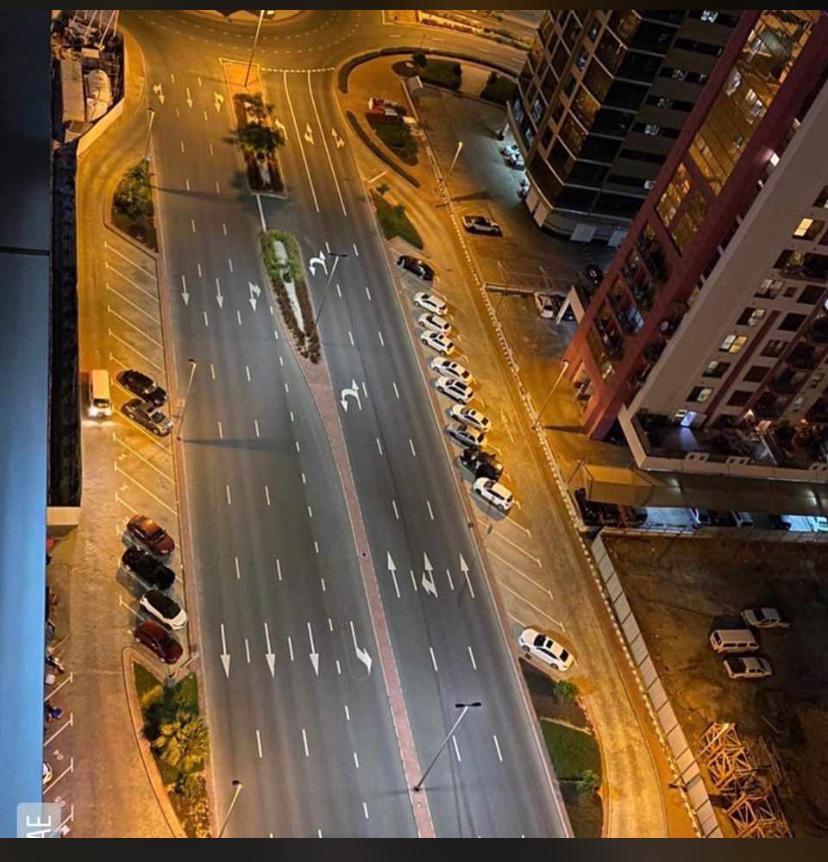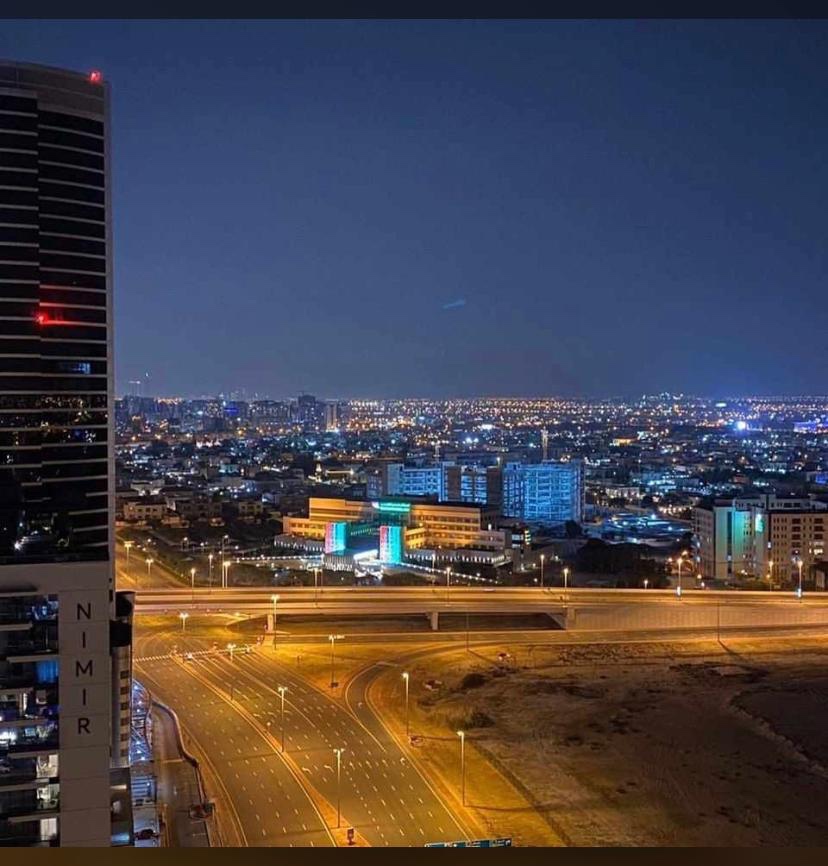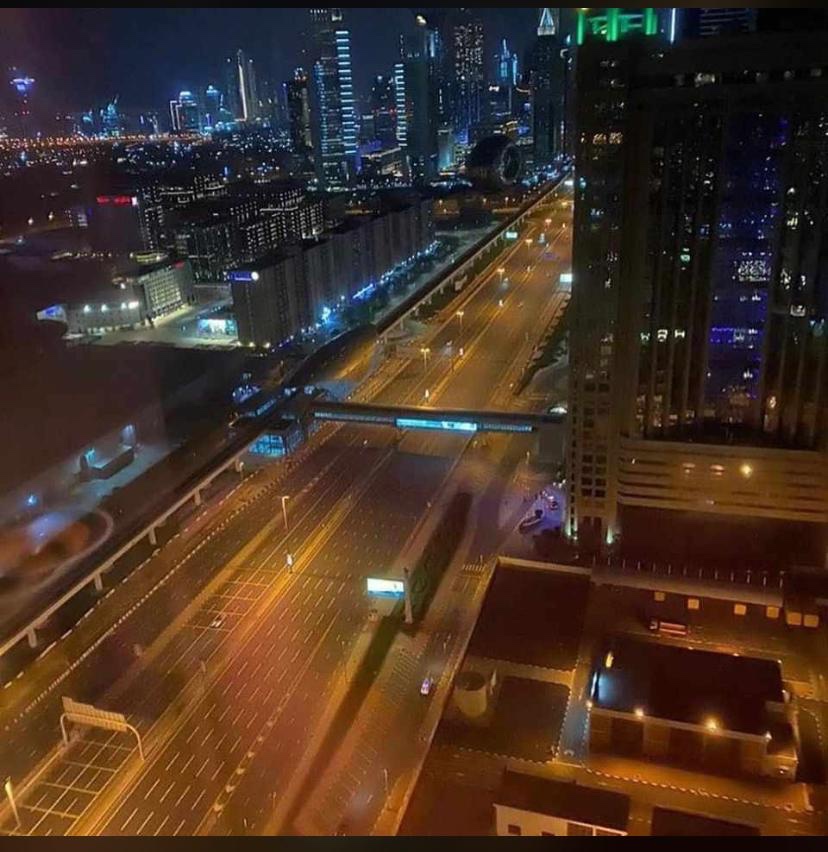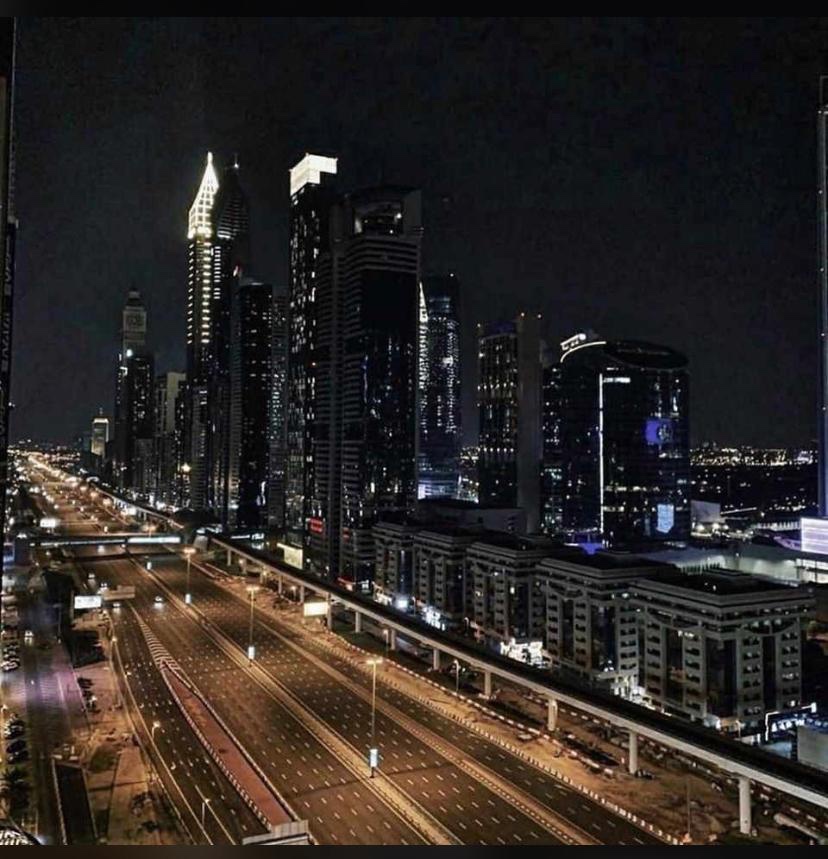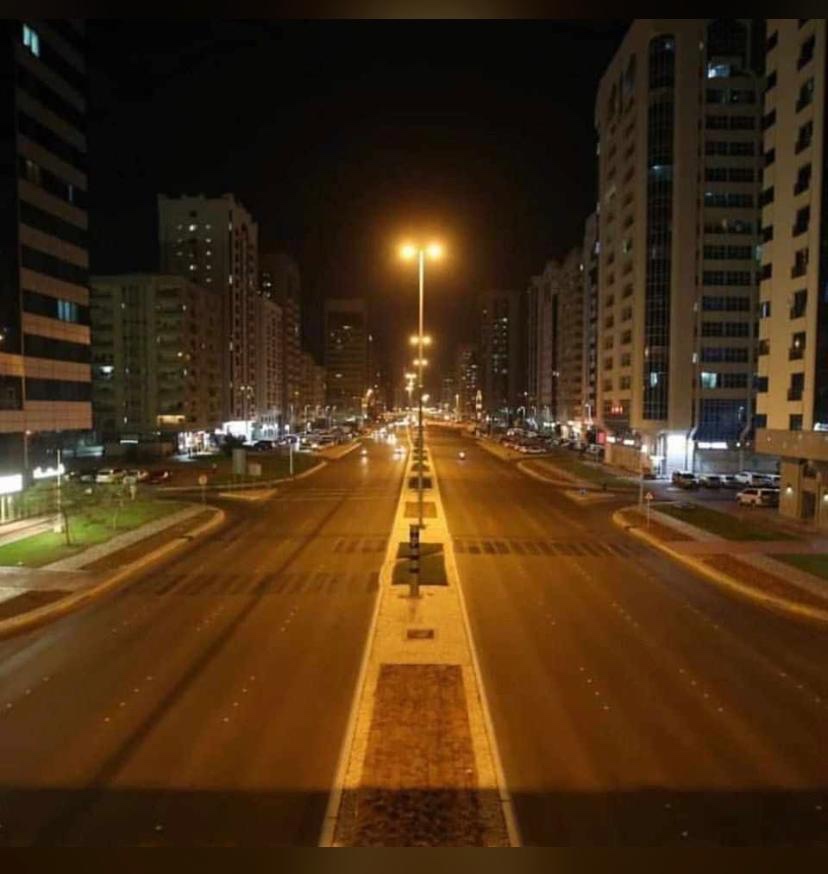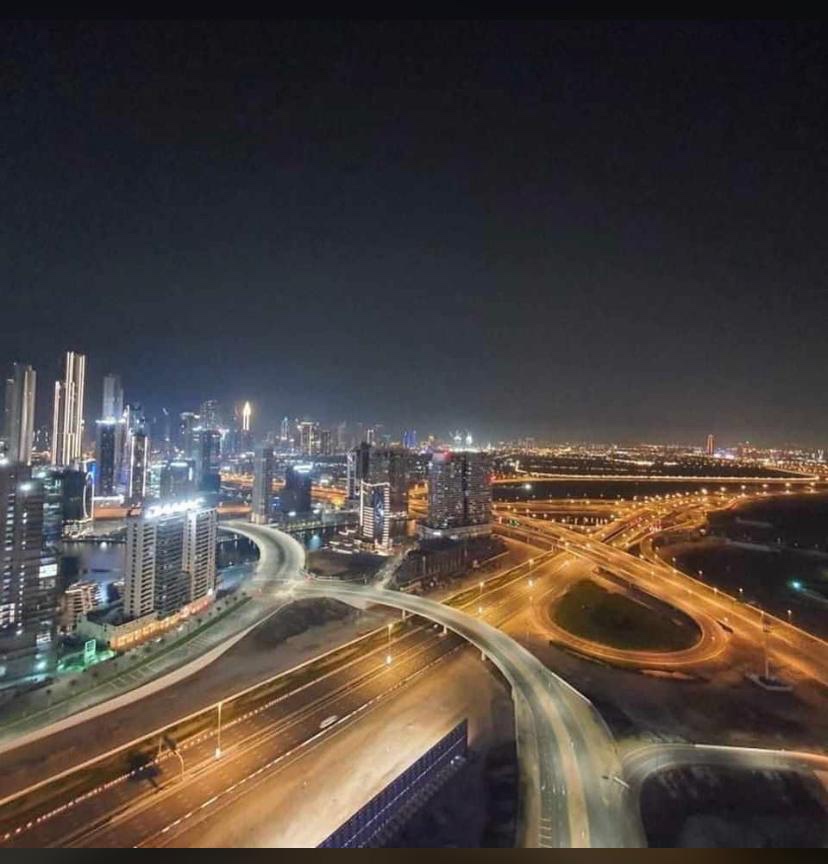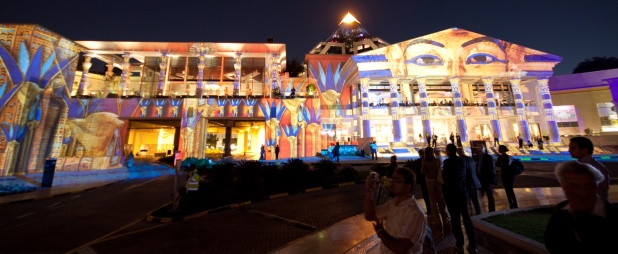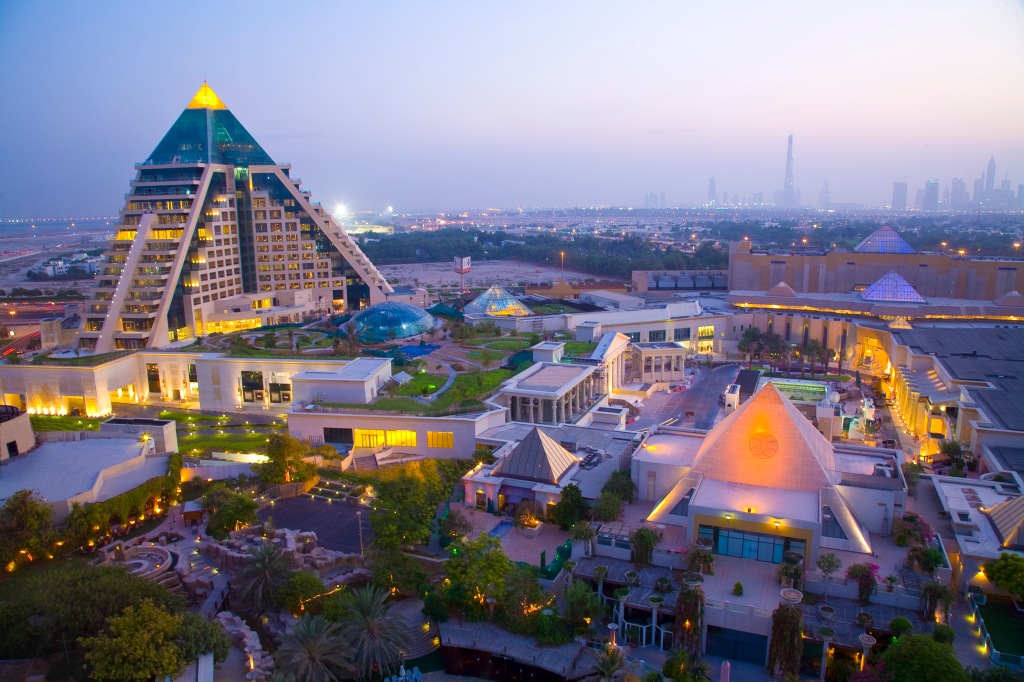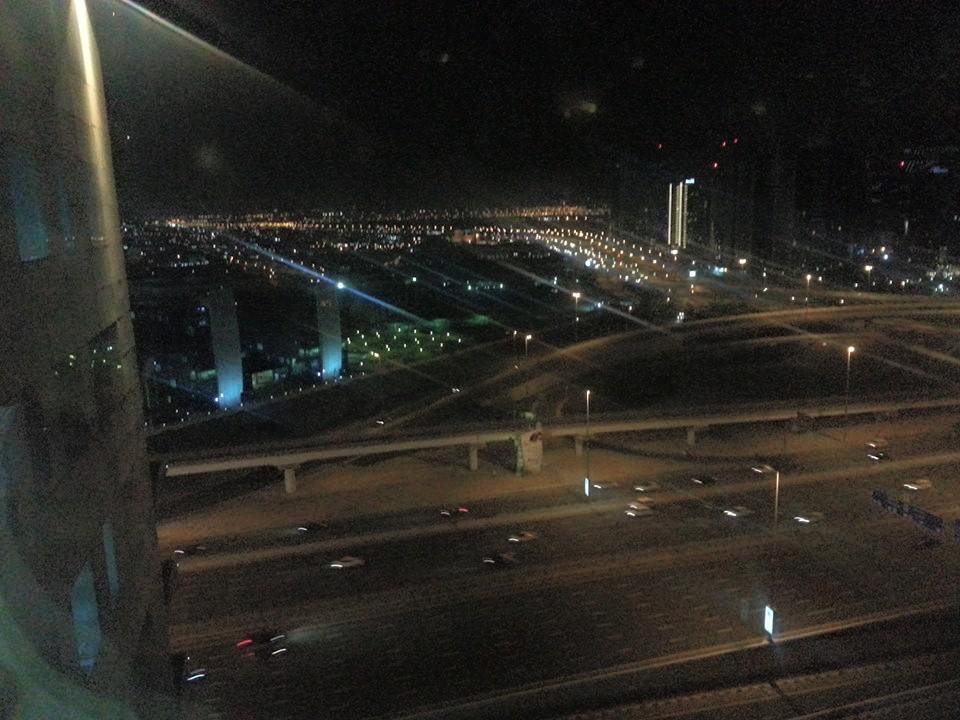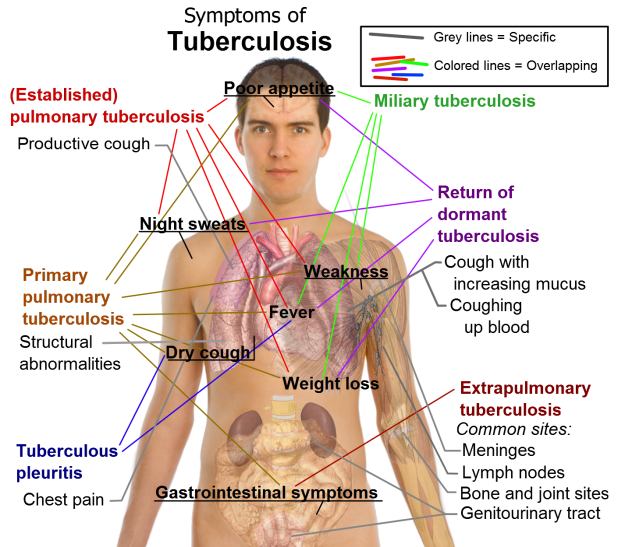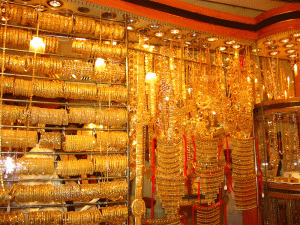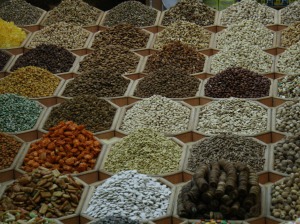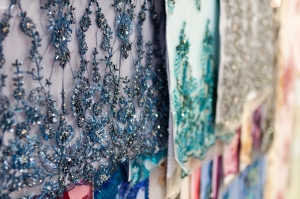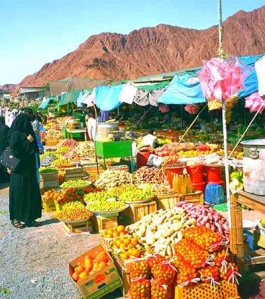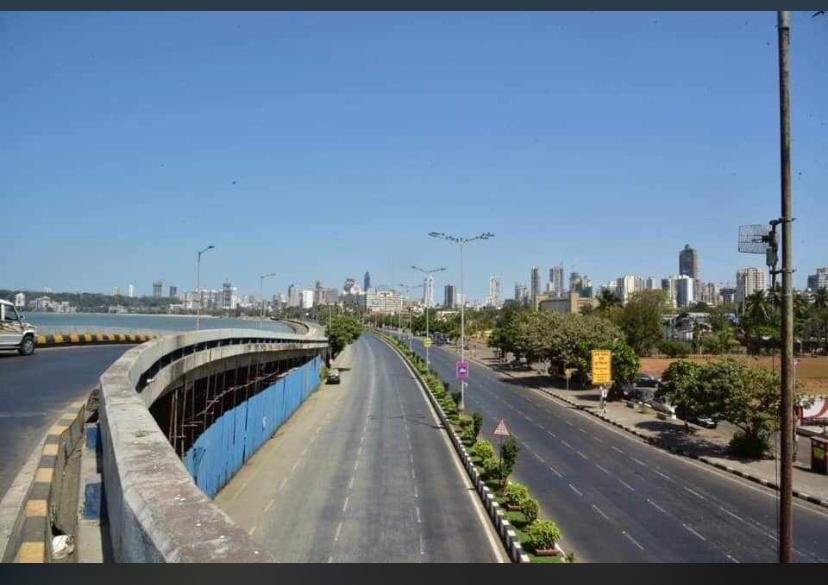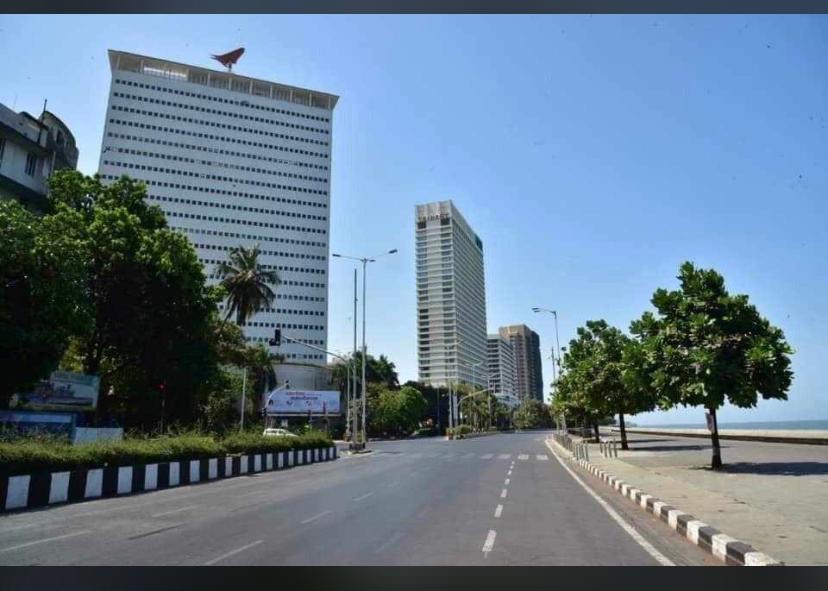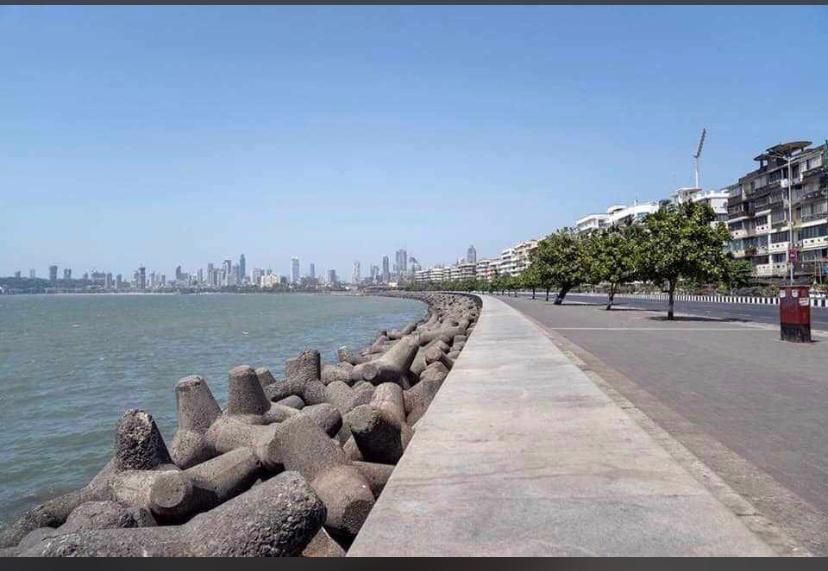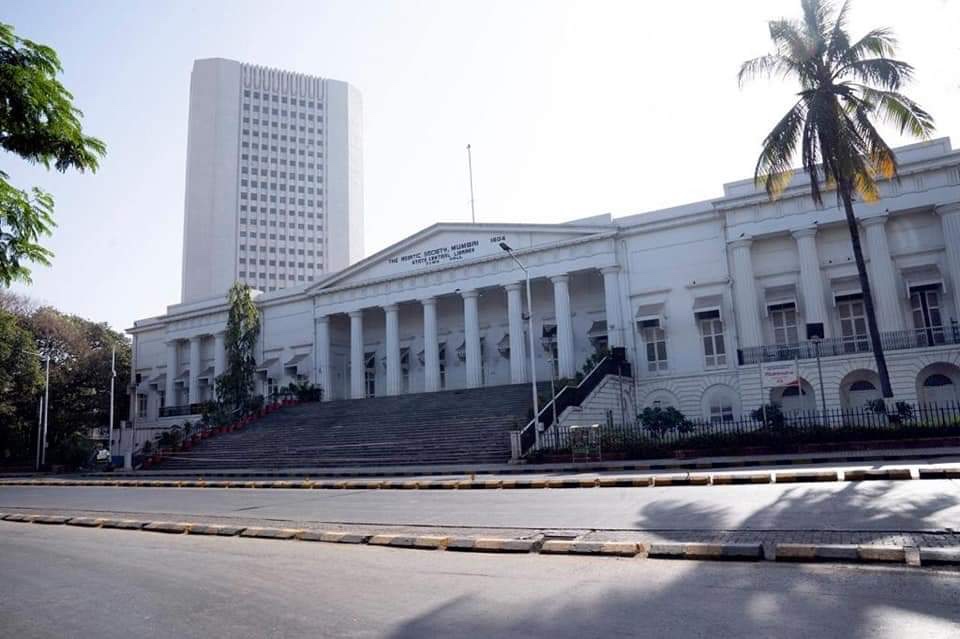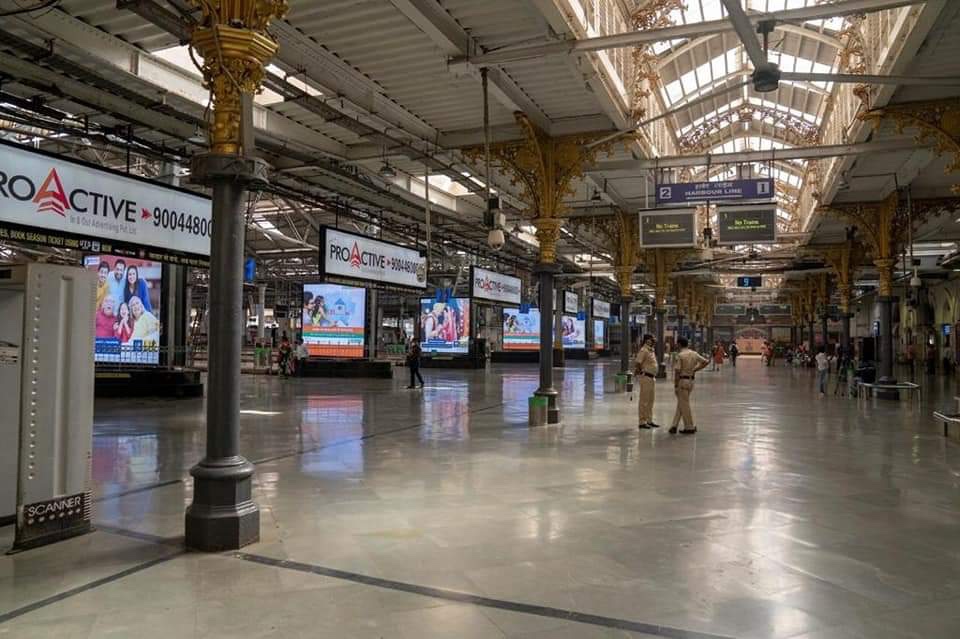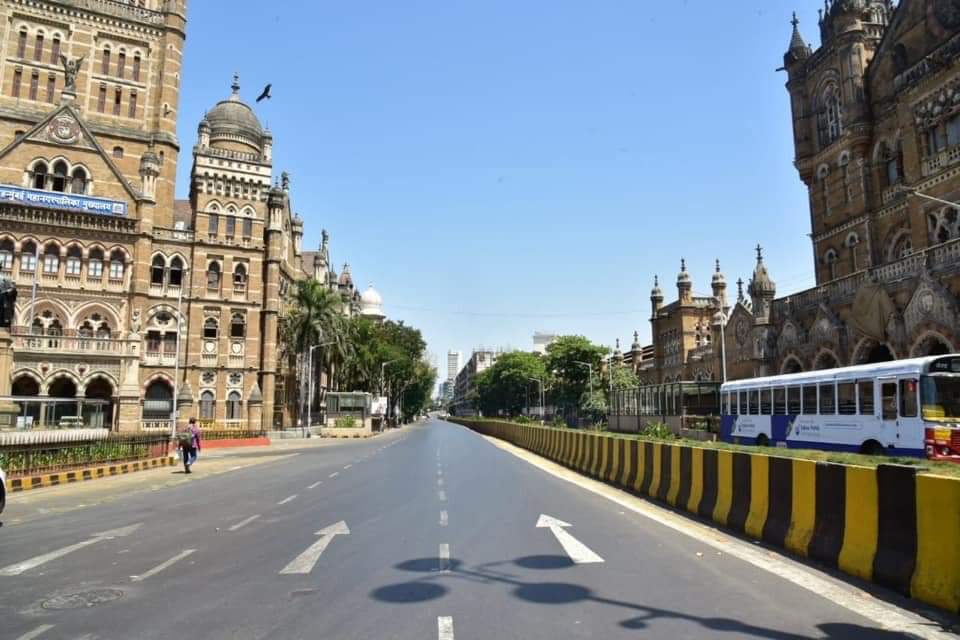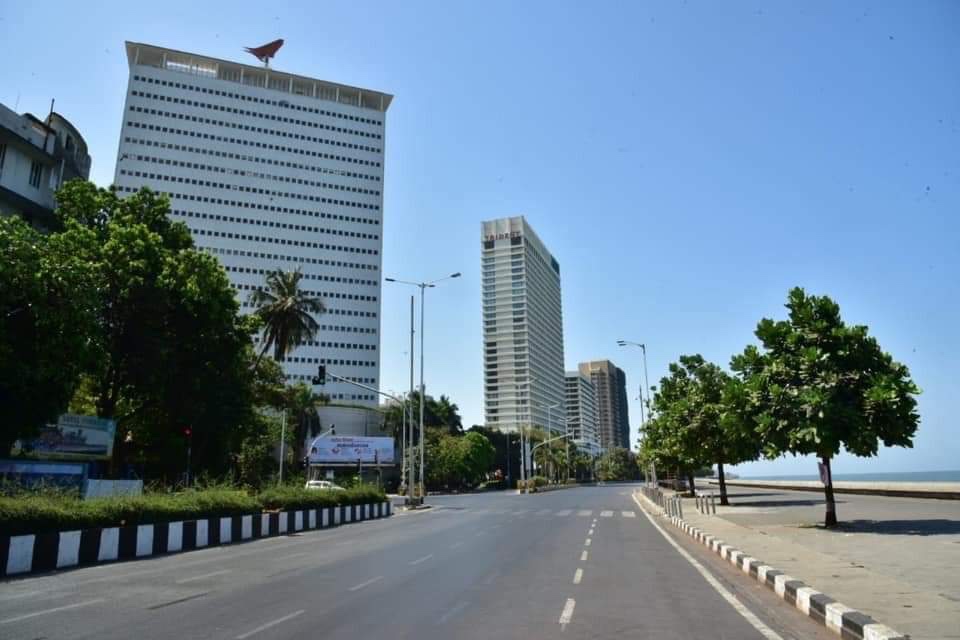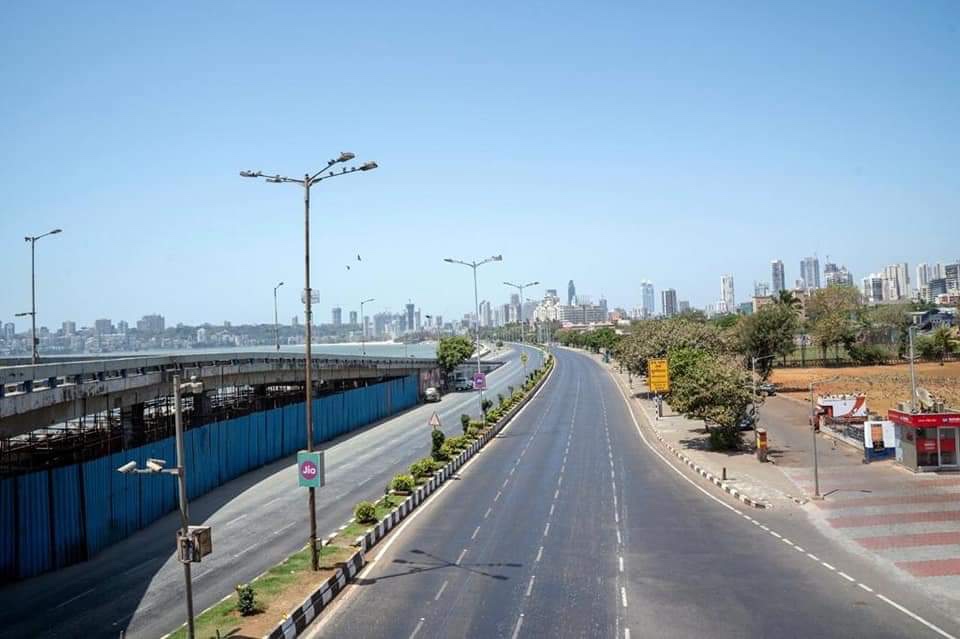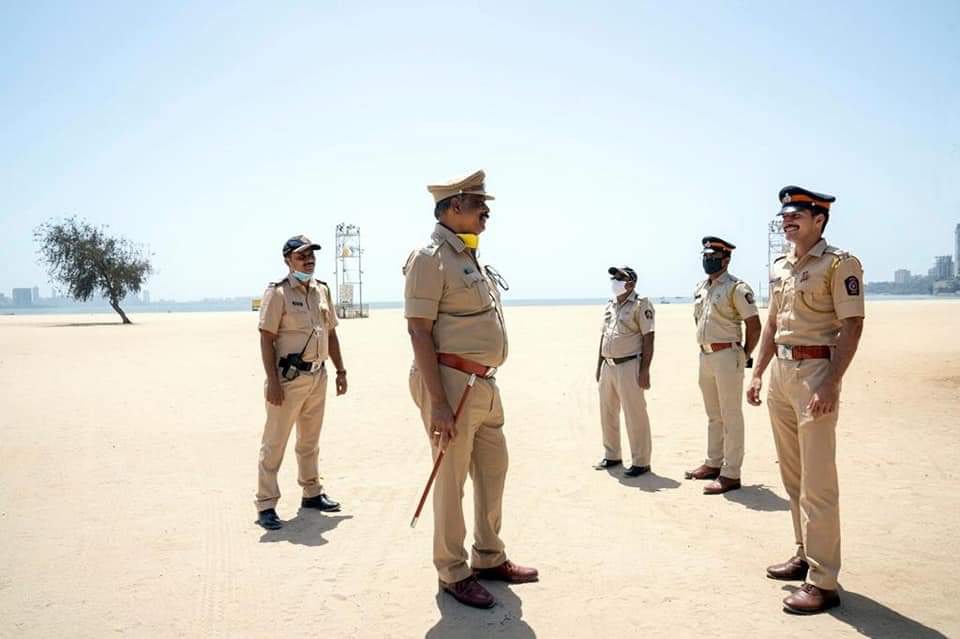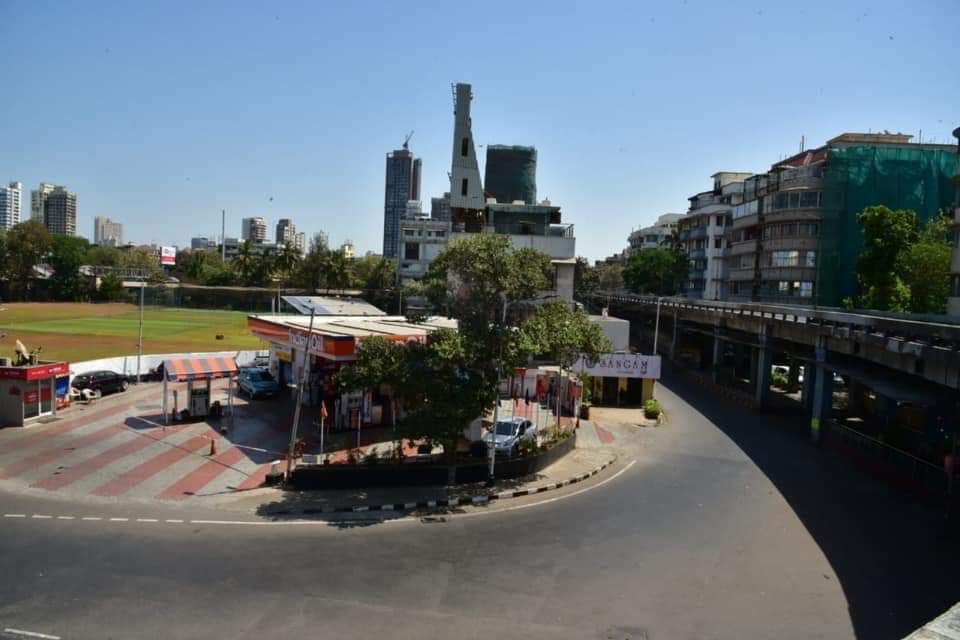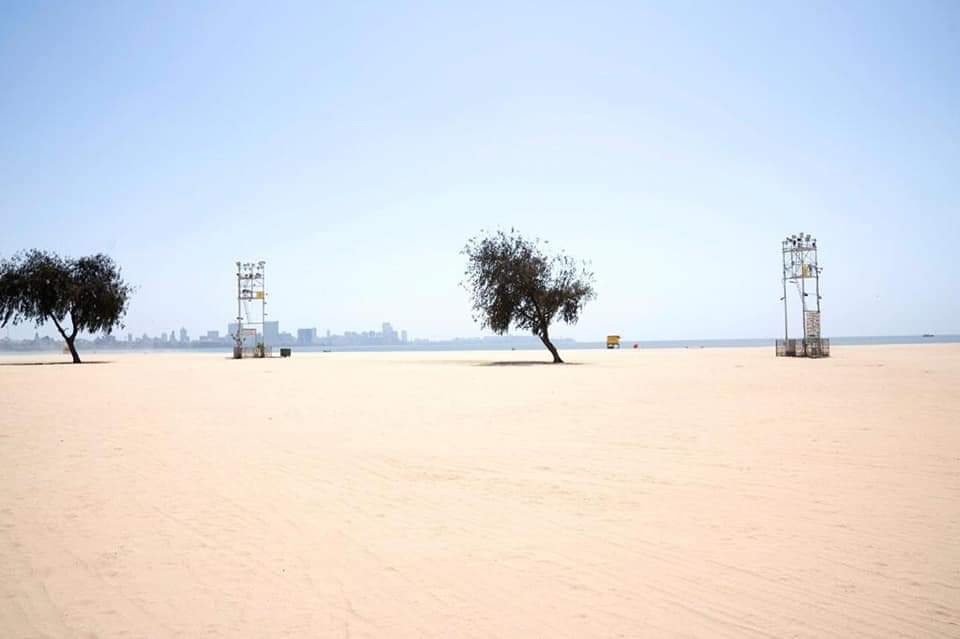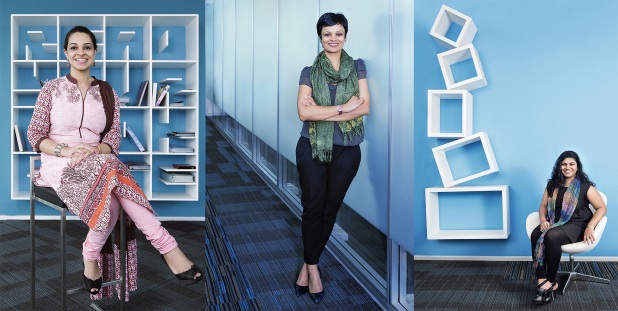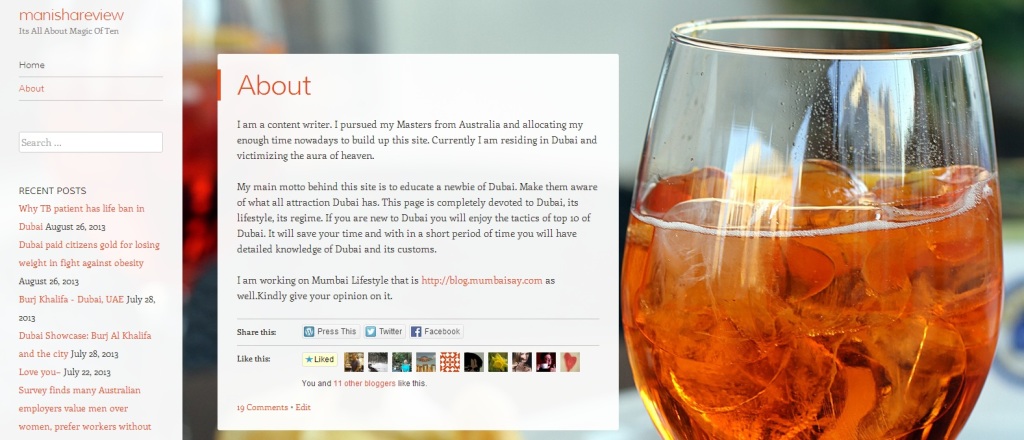1. Pierchic
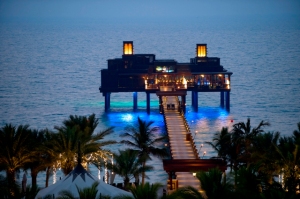
It is situated at Al Qasr Hotel, Madinat Jumeirah, Open daily 1pm-3.30pm; 7pm-12.30am. (04 366 6730).
Pierchic should to be on every Dubai resident or visitors must visit list. Restaurant has nice atmosphere of sitting on stilts out at sea in front of the sprawling Madinat Jumeirah complex; the walk along the wooden path towards the striking eatery is utterly extraordinary. Pierchic is extremely popular, and at times the wait staff shows the stress, but overall the ambiance is openhearted and buzzing. The menu, thankfully, is not overwhelming in length (though it definitely isn’t cheap), and includes all seafood, from dishes such as crispy organic salmon with parsnip purée to black tiger prawns. In a dessert you will indulge yourself with toffee banana pudding with peanut ice cream and rounds things off with a solid grape and after-dinner drinks list.
Tip: be sure to book ahead of time, and save Pierchic for a special, ideally romantic, occasion.
2. 101
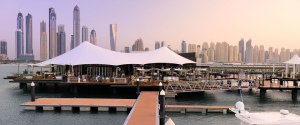
It is located at One&Only The Palm, Palm Jumeirah (04 440 1010), Open daily 12.30pm-3.25pm, 7pm-10.30pm.
101’s committed quay wonder across the pontoon to this starry, waterside spot, located on the outer corners of the Palm Jumeirah. With views across the water, and an eminent sense of laidback and lounge, in icy blue beach tones, 101 manage to be achingly stylish while still decidedly relaxed. The elevated bar vibe continues inside, with a comprehensive and open space, filled with minimal but high design features such as the artfully visible tree trunk tables. Staff has an easy, amiable way about them that adds to the chilled tone. They also exhibit an excellent knowledge of the menu and ability to through offering European and Spanish dishes, offering recipes in a classic Mediterranean style.
3. STAY by Yannick Alléno

It is residual at One & Only The Palm, Palm Jumeirah, thepalm.oneandonlyresorts.com (04 440 1010), Open Tue-Sun 7pm-11pm.
STAY stands for ‘Simple Table Alléno Yannick’, is an idea created by and named (twice) after French Michelin-starred chef Yannick Alléno, with additional branches of this fine-dining venue in Beijing and Beirut. At the Dubai-based branch, located in the One&Only The Palm, the restaurant is as sophisticatedly lavish as the hotel itself, decked out moodily in black, cream and deep burgundies, with several intimate booths, ideal for a liaison á deux. Refreshingly, the staffs are very well versed in the restaurant’s concept and menu, doing their utmost to impart both to diners, from the outset, adding an extra sense of anticipation to proceedings. And the experience doesn’t disappoint. The menu is grounded in modern French cooking, but inspiration from around the globe. Whether it’s the soya bean risotto, or marinated sturgeon, the food is highly pioneering, but with exemplary finishing, making for an utterly enjoyable dining experience. In the dessert library you will find a complimentary confectionary, dessert platters prepared in front of them by the patisserie chefs.
4. Bateaux Dubai

It is based at Al Seef Road, opposite the British Embassy,www.jaresortshotels.com (04 315 4777), Open daily 8.30pm-11pm daily, boarding starts 7.45pm.
Tourists wandering to the Creek might come across with old-school designed dhows lining pier, but one sleek boat stands out from the rest: the Bateaux Dubai. The floating restaurant is understated but serves up excellent food across a range of contemporary and international cuisines, and does it in style. Designed with glass walls and ceilings, and a classy interior, diners get a view of the Creek not often seen while they go through a well prepared four-course meal – canapés, a starter, main course and dessert. Service is impeccable, with staff members more akin to those in a five-star hotel than a cruise boat on the Creek. Dinner cruises depart at 8.30pm and last two and a half hours. Bateaux Dubai is a treat – serve it up on special occasions and see Dubai in a different light.
5. Karma Kafe

It is operated at Souk Al Bahar, Downtown Dubai, (04 423 0909), Open Sun-Wed 4pm-2am; Fri-Sat noon-2am.
If Culture Club went into the restaurant business, we’d imagine the result to look a little something like Souk Al Bahar’s Karma Kafe. Buddha Bar’s sister restaurant overlooks the Dubai Fountains and is a firm favorite of Dubai hipsters. Its Dubai Fountain-facing outdoor area radiances red, with romantic Oriental-style chandeliers hanging overhead, while indoors is lit up with fuchsia lanterns and colorful bohemian-style cushions. When booking, make sure you request a seat outside; otherwise you might end up in the somewhat dark indoor area, though the colorful decor is a feast for the eyes. Though many dishes aren’t cheap, there are plenty of vegetarian options, such as shitake mushrooms with truffle and ponzu sauce and hand-rolled tamaki veggie rolls. If you love seafood, the mini ceviche tacos with wasabi and guacamole is a dish in itself. Service can be a little uptight, but the place is always busy.
6. Majlis Al Bahar

It is placed at Burj Al Arab, Umm Suqeim (04 301 7600), Open daily noon-midnight.
Grab a golf buggy for the short ride from outside the iconic, ‘seven-star’ sail-shaped hotel down to Majlis Al Bahar, the eatery set at the hotel’s idyllic beach club. Decor is thus a lot modest than inside the rainbow-colored ’90s-daydream of the Burj Al Arab itself: think wide white wooden chairs, orange cushions and white umbrellas. Service is fast, although certainly not as immediate as it is ‘indoors’ and the menu too is more casual. Typical appetizers span marinated burrito and Greek salad, while you can usually pick from tapas, pizzas and platters, as well as barbecued prawns, chicken or steak for your main, followed by more creative dishes (chocolate pizza!) for dessert. This can all be washed down with creative fruity concoctions. All in all, a more relaxed romantic venue, which works best during the slightly warmer months (though not at the height of summer). Request a table right next to or on the beach if you can.
7. Pai Thai
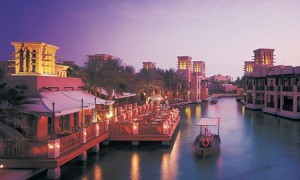
It is at Al Qasr, Madinat Jumeirah, (04 366 6730), Open daily 6.30pm-11.30pm.
As far as locations go, it doesn’t get much better than Pai Thai. The modern eatery is set on the waterways of the Al Qasr hotel, which means diners can access the venue via abra boats or on foot via the entry near Talise Spa. Opt for a seat outdoors on the wooden deck so you can savour the view. The menu is quite substantial and features options not seen on menus anywhere else in Dubai. Once you’ve devoured the shrimp crackers (careful, they’re temptingly moreish!) tuck into the fish cakes, a blend of minced fish and herbs and spices. The deep-fried shrimp and squid money bags are tasty and beautifully presented, each resembling delicately wrapped sweets. The crispy duck with plum sauce and the wok-fried glass noodles with chicken and mixed vegetables make for great main courses, and desserts such as the sticky rice pudding with mango and the more unusual pumpkin in coconut will satisfy sugar fiends.
8. Reflets par Pierre Gagnaire

It is established at InterContinental Dubai Festival City, Festival City (04 701 1111), Open daily 7pm-11pm.
Reflets par Pierre Gagnaire is the eponymous restaurant from the French Michelin-starred chef and one of the founding forces of the molecular movement of gastronomy. The menu is characterized by delight in the unexpected and a constant element of surprise. From the surrealist touches in the decor (watch out for that narrowing corridor to the bathrooms, and the mirrors inside), to the elegant sense of theatre invoked by exceptional serving staff, Reflets occupies a plain of its own in Dubai. Service is impeccable; performed with a warm tone, an imperceptible anticipation of a diner’s desires and a practiced flourish that increases the wow factor of the food. The menu, which changes regularly in accordance with the French seasons, contains multi-faceted dishes rich in flavor. Expect differences in surface and unusual mixtures of ingredients – although some can require a little benefit of the doubt. Within this feminine setting, the rococo combination of chandeliers and mirrors, in purple tones, creates an intimate and sensual space, ideal for the sorts of occasions, where memories are made.
9. Rhodes Mezzanine

It is located at Grosvenor House Dubai, Dubai Marina, (04 399 8888), Open Mon-Sat 7pm-11.30pm.
One of multiple restaurants in the city from British celebrity chef Gary Rhodes, Rhodes Mezzanine specialises in twisting traditional concepts of British cooking into a fine dining, French-influenced update. The setting is elegant, yet fresh and lively, decked out in icy white, with vibrant colour accents in pinks, greens and purples. From the floral tones, the walls (that look like they’ve been upholstered in leather) and the cosy dining chairs, Rhodes Mezzanine feels a little like a living room, but one that is worthy of an interiors magazine. The distinctly feminine feel and intimacy of this space also adds a touch of romance to the setting. The menu is creative and remarkably well-conceived, offering simple, rustic specials like oxtail stew and bread and butter pudding with a heavy dose of fine French technique and presentation, to make for really special dishes. Service on the whole is good, although communication can be an issue at times, and it’s not quite as noteworthy as the setting or the food itself.
10. Thiptara

It is flourishing at The Palace Downtown Dubai, (04 428 7888), Open daily 7pm –11pm.
Step out onto the al-fresco decking of this wooden-style restaurant supervising the Dubai Fountains and you’ll feel as if you’re being treated to a private meal from your very own holiday bungalow. Surrounded by water, dim lighting ensures that the fountains are the focal point, and the jets literally light up all vantage points like glowing harp strings. The food is pretty special too. This is the type of establishment that prides itself on the little things, like a basket of crunchy deep-fried wantons instead of the stock standard prawn crackers. This is something you might want to remember, especially if you plan on ordering a similar starter, such as the crispy spring rolls with minced chicken, mushroom and sweet chili sauce, which are not over or under-stuffed with filling. The mains are quite traditional, think green curry with chicken and beef tenderloin. Desserts, however, steal the show: opt for the chocolate spring rolls, which, when cut into, ooze runny chocolate sauce. And they’re paired with a tart lemon sorbet.


